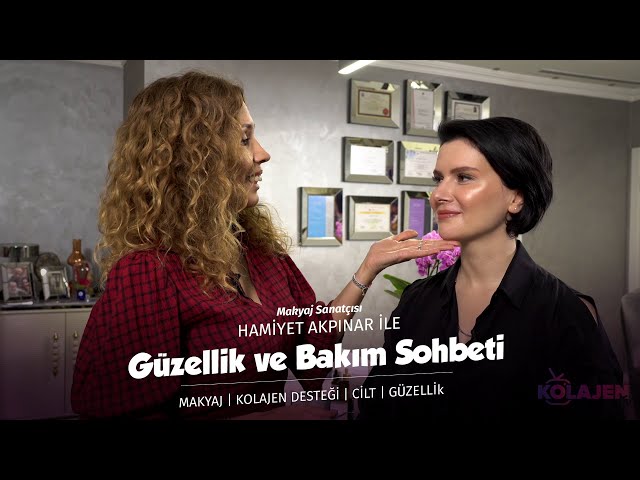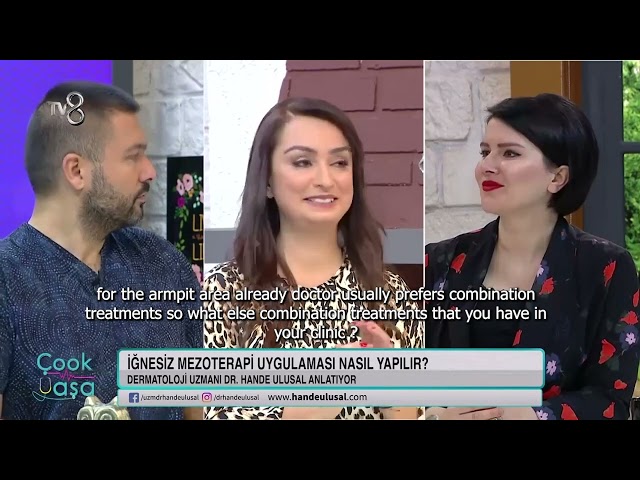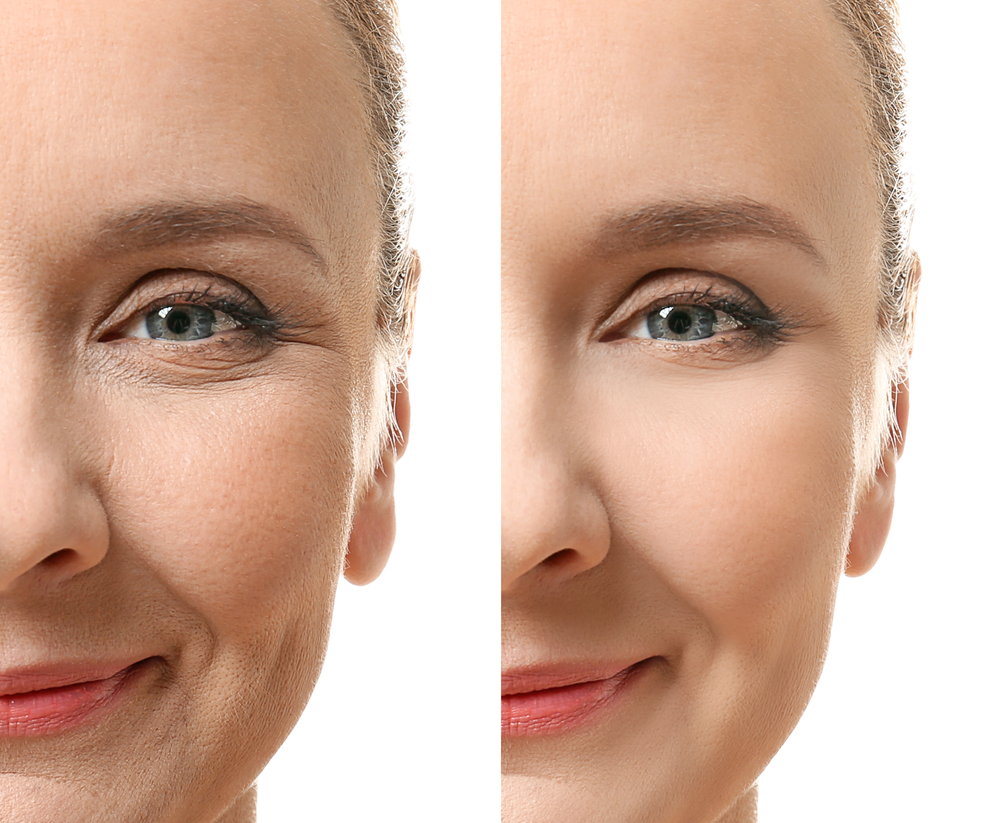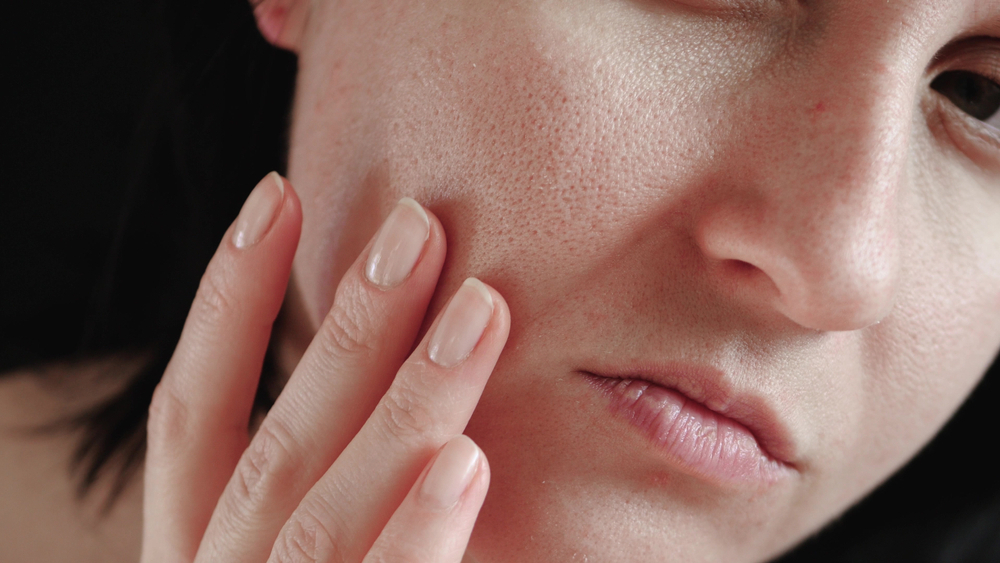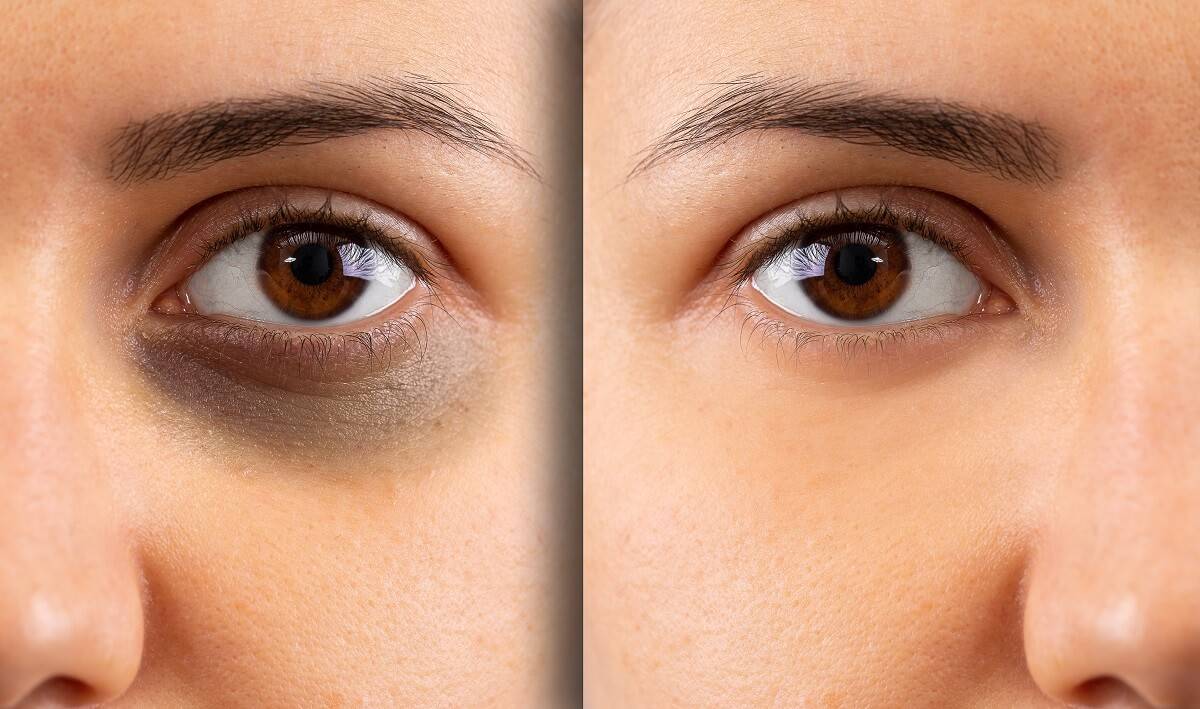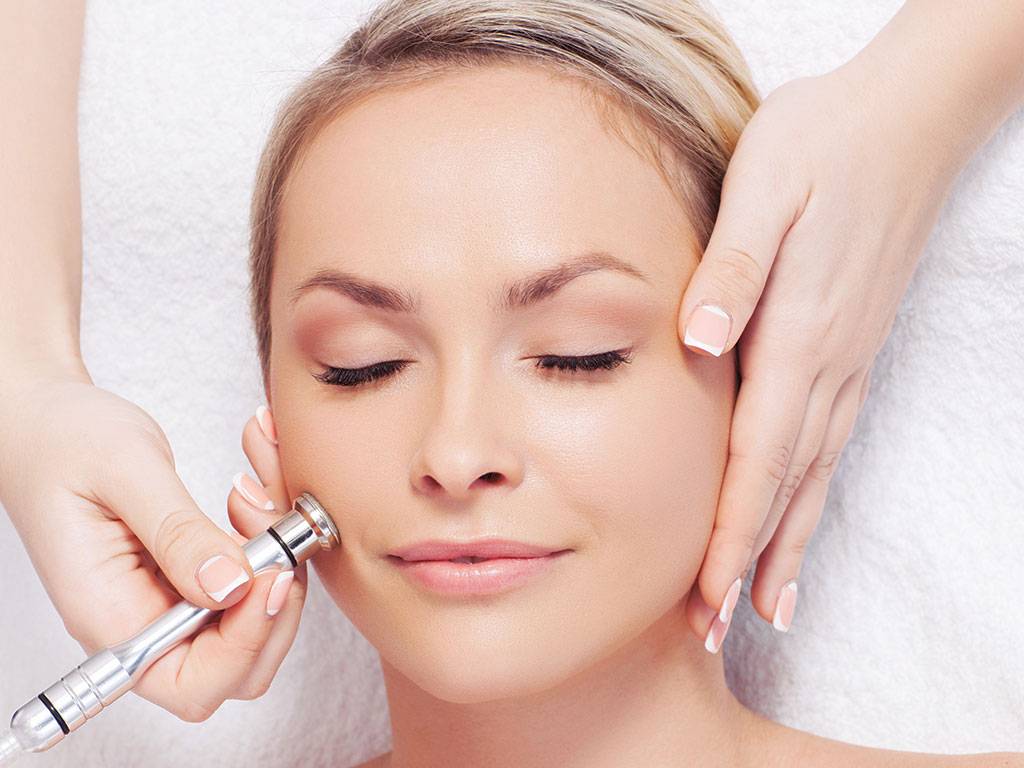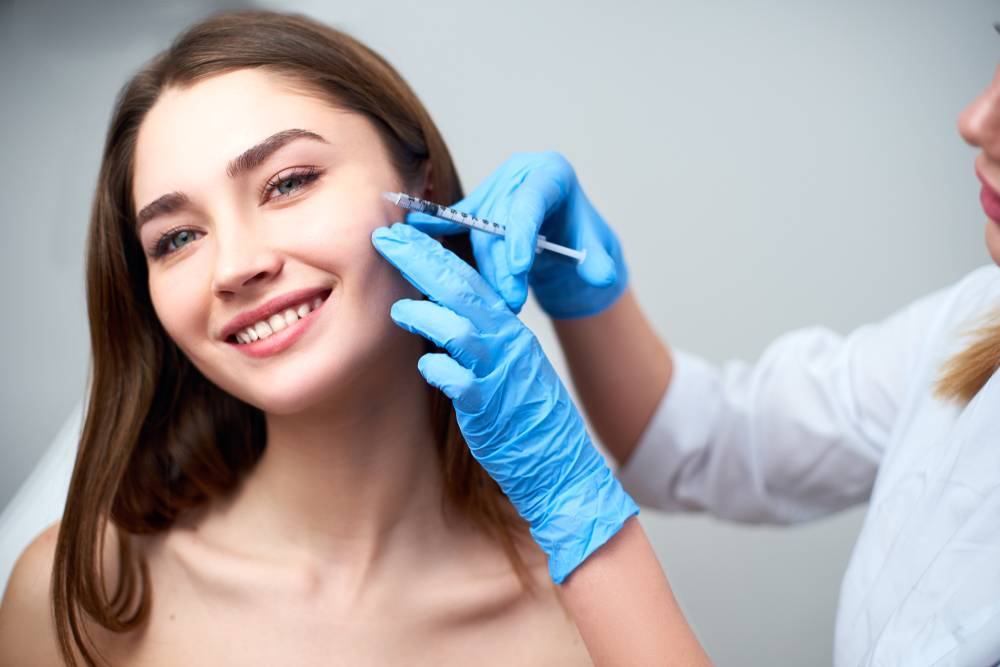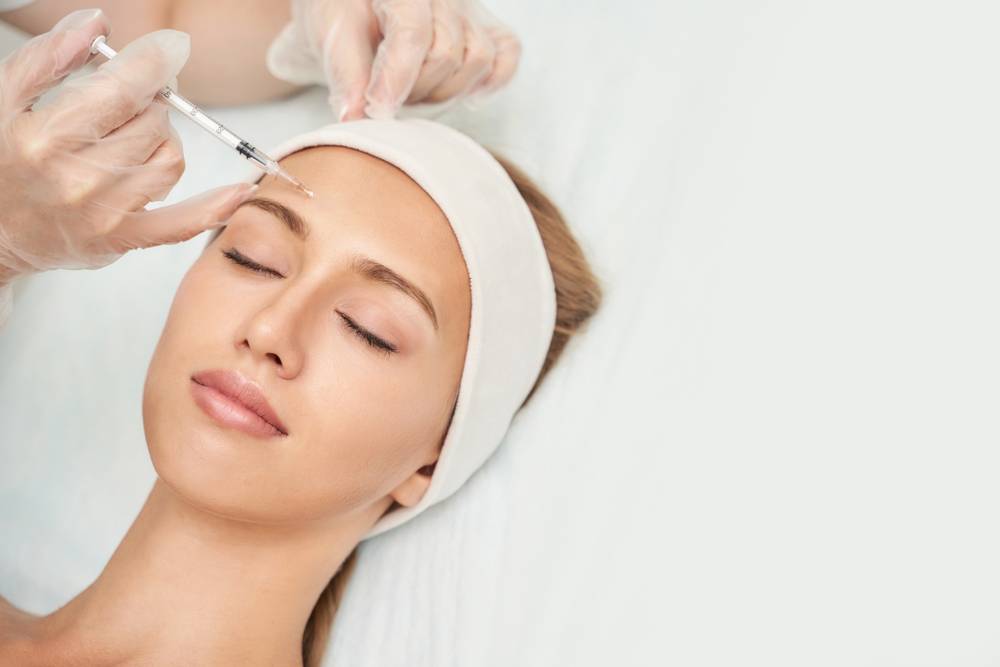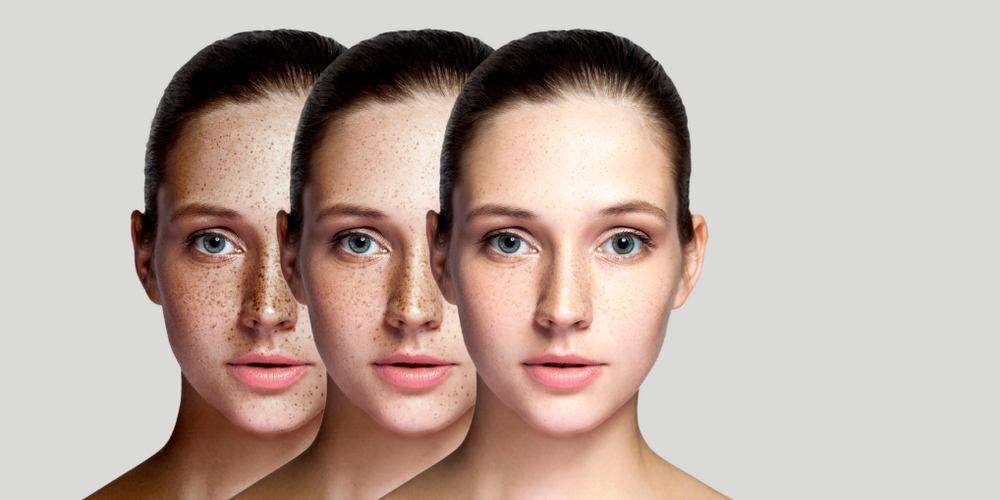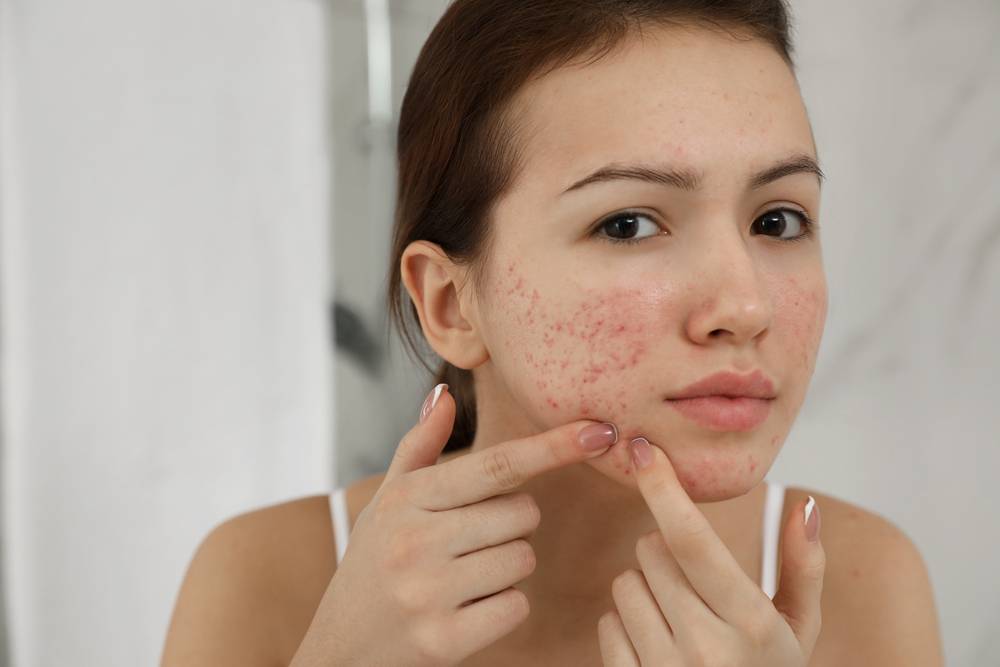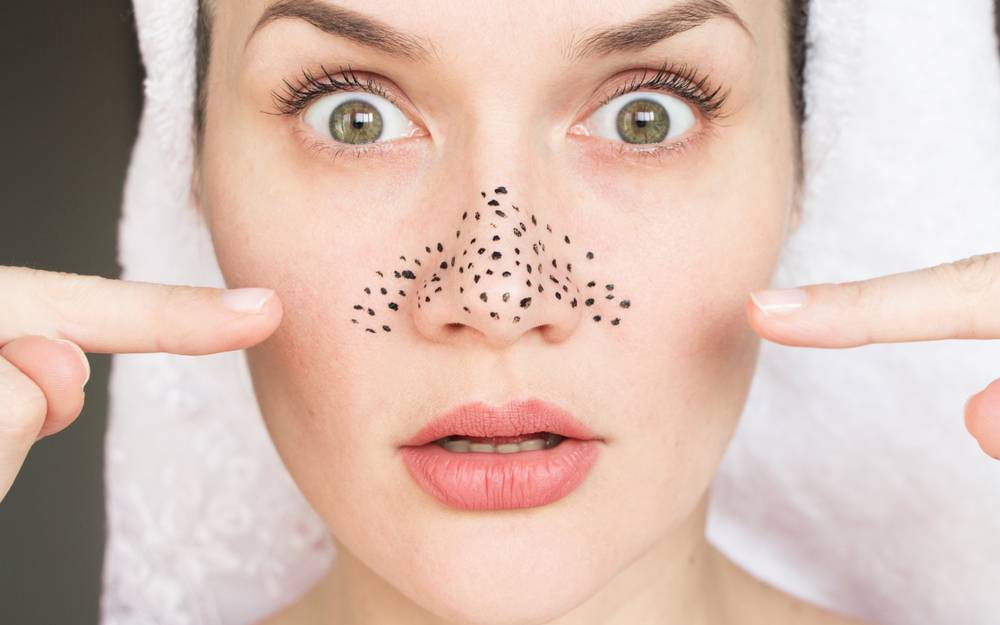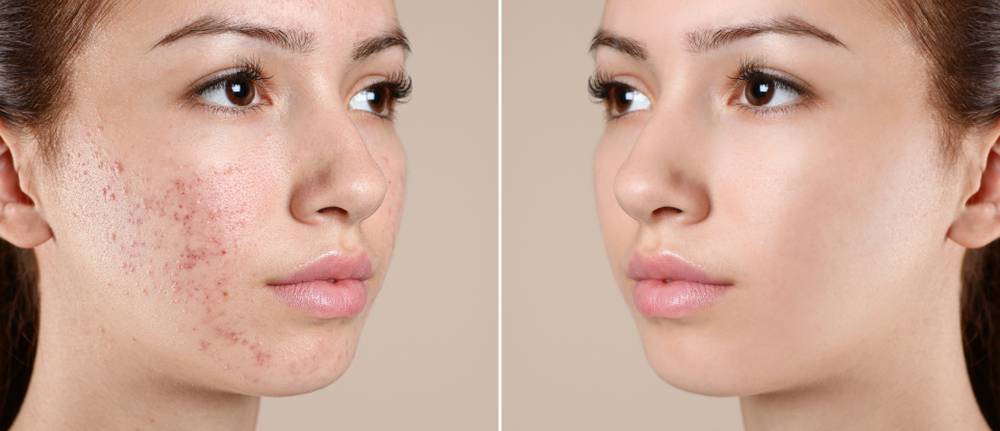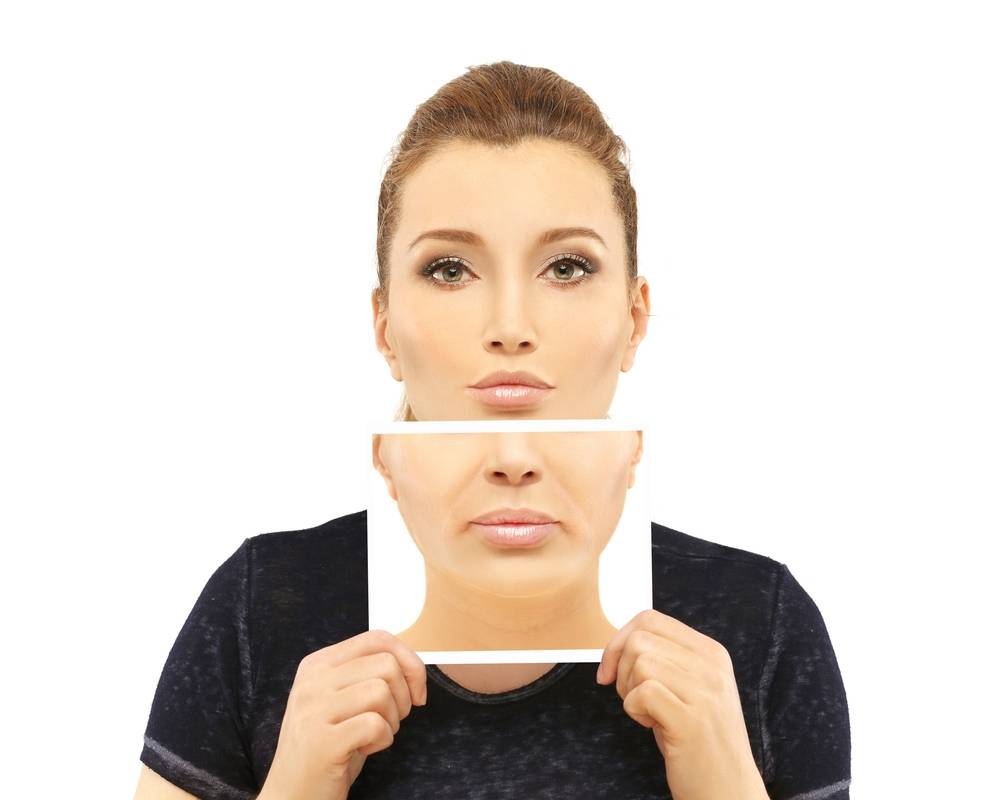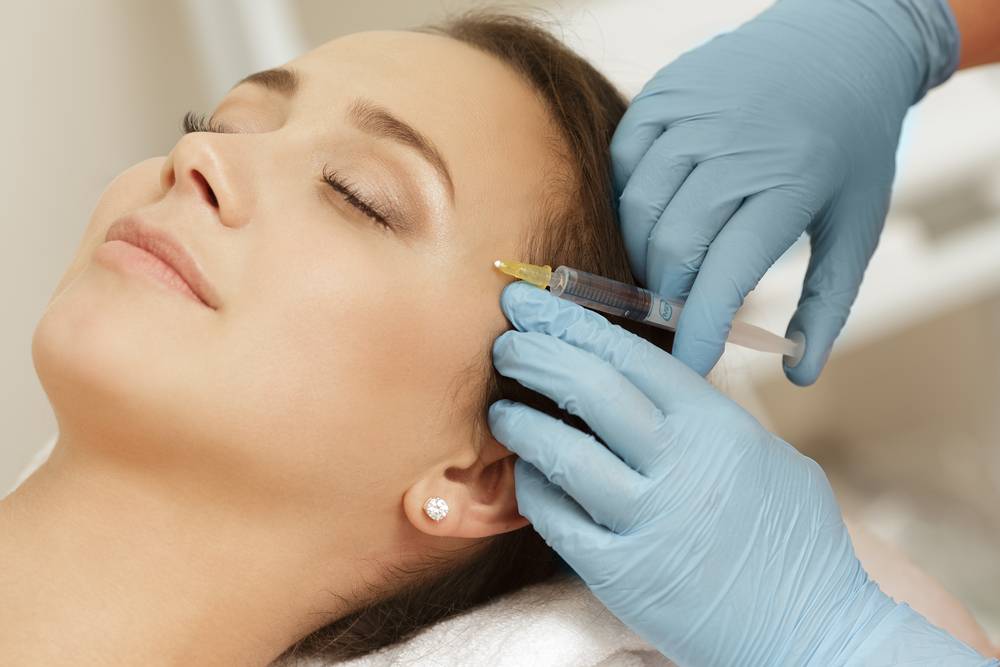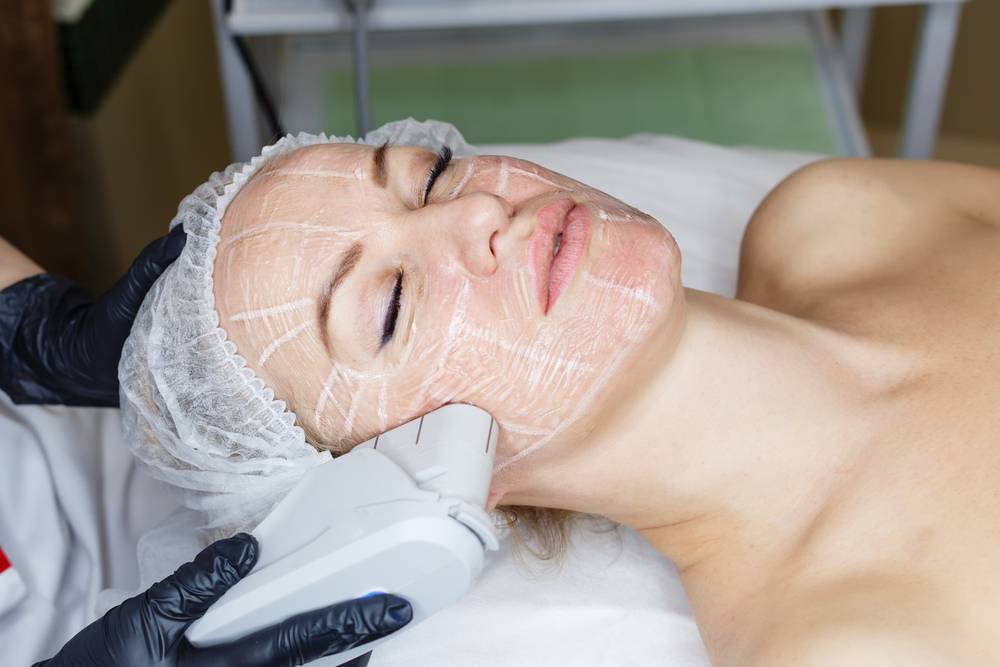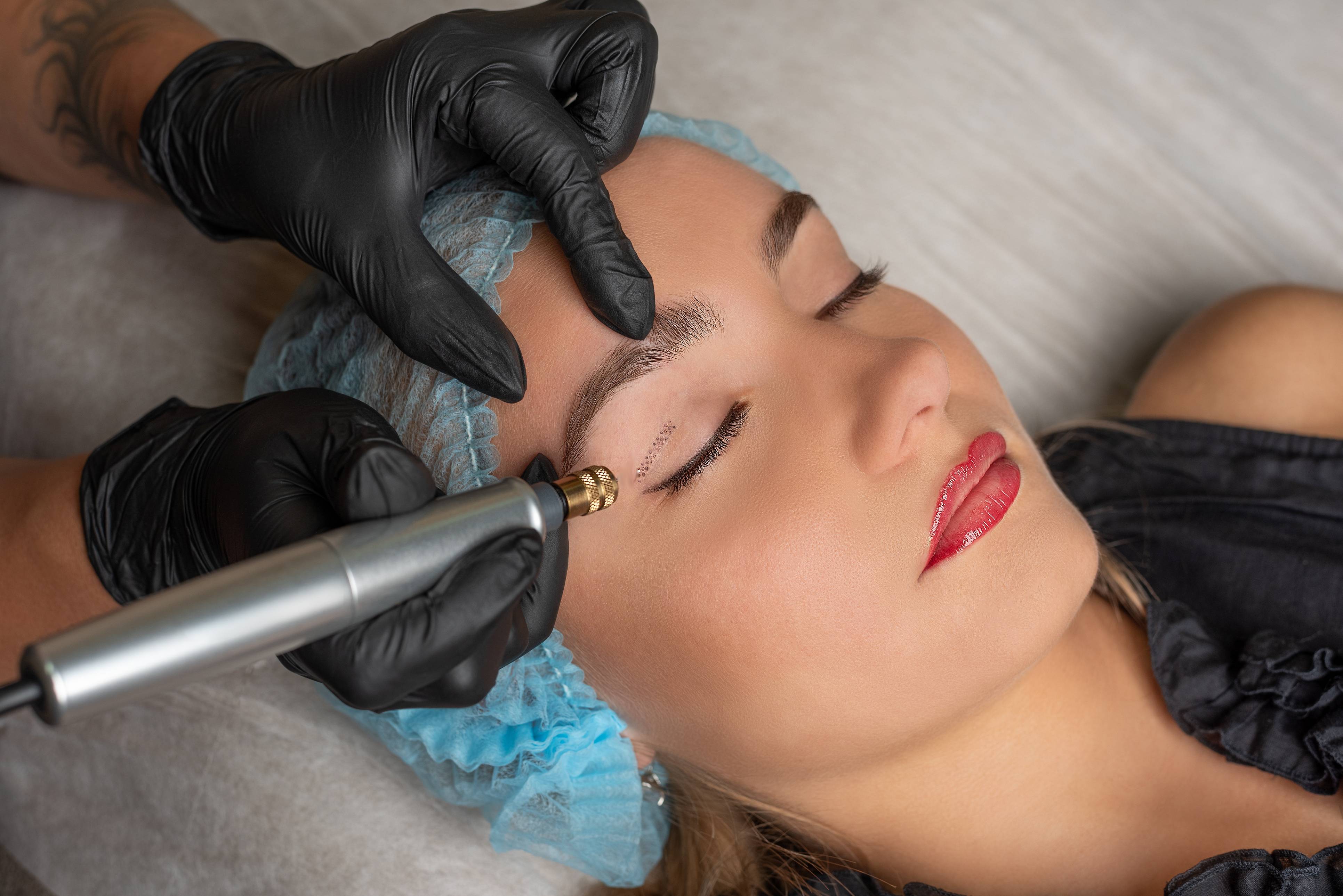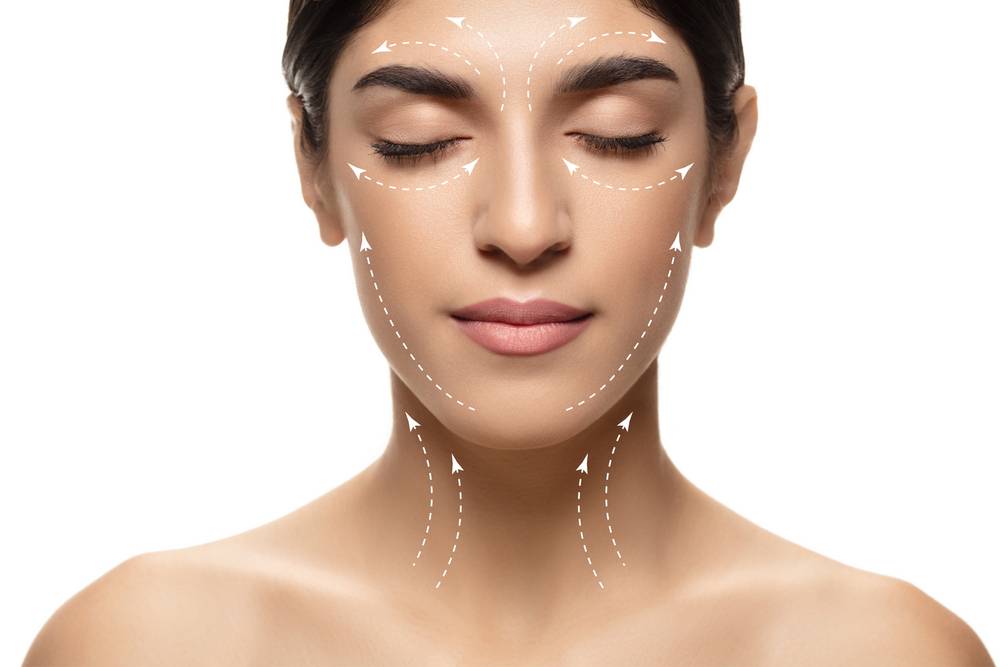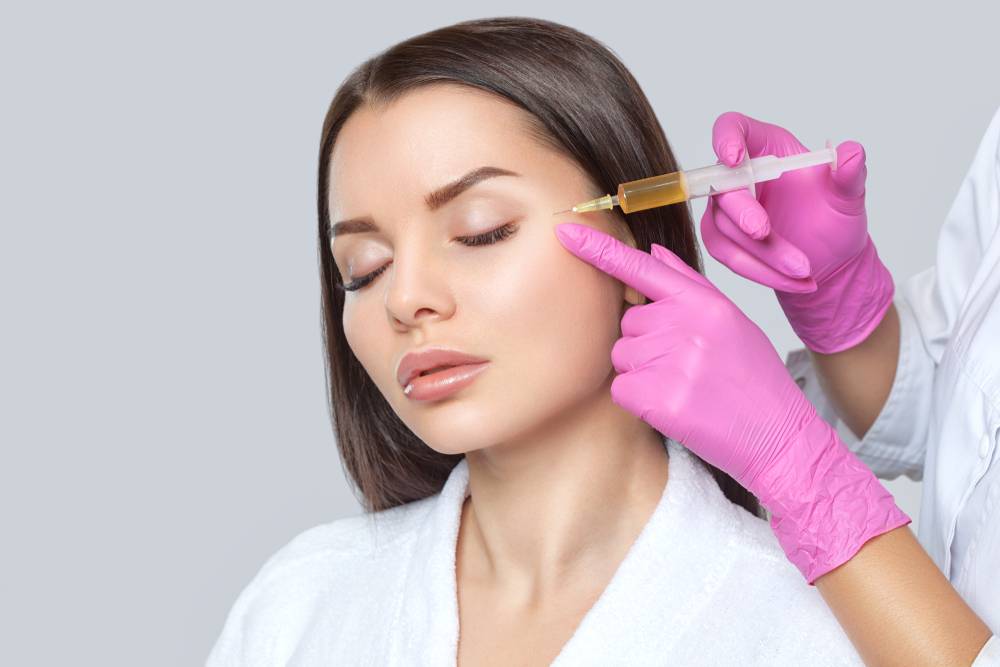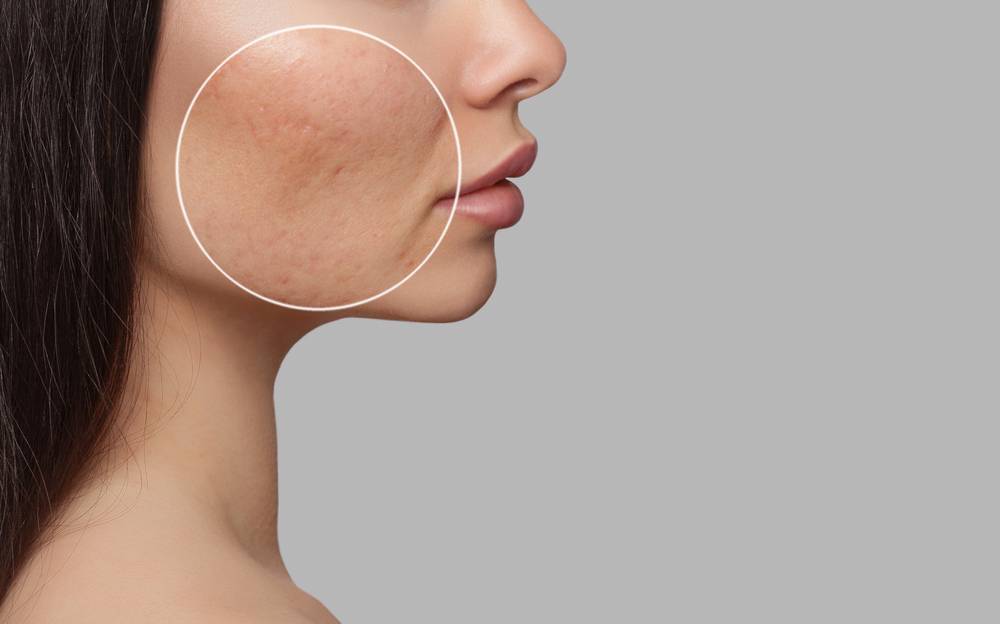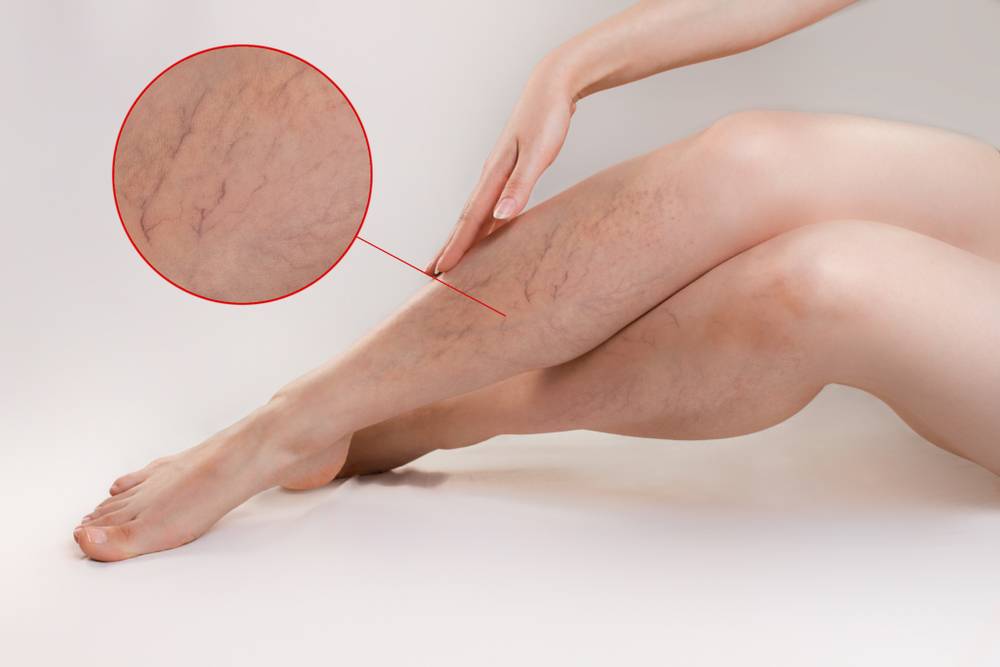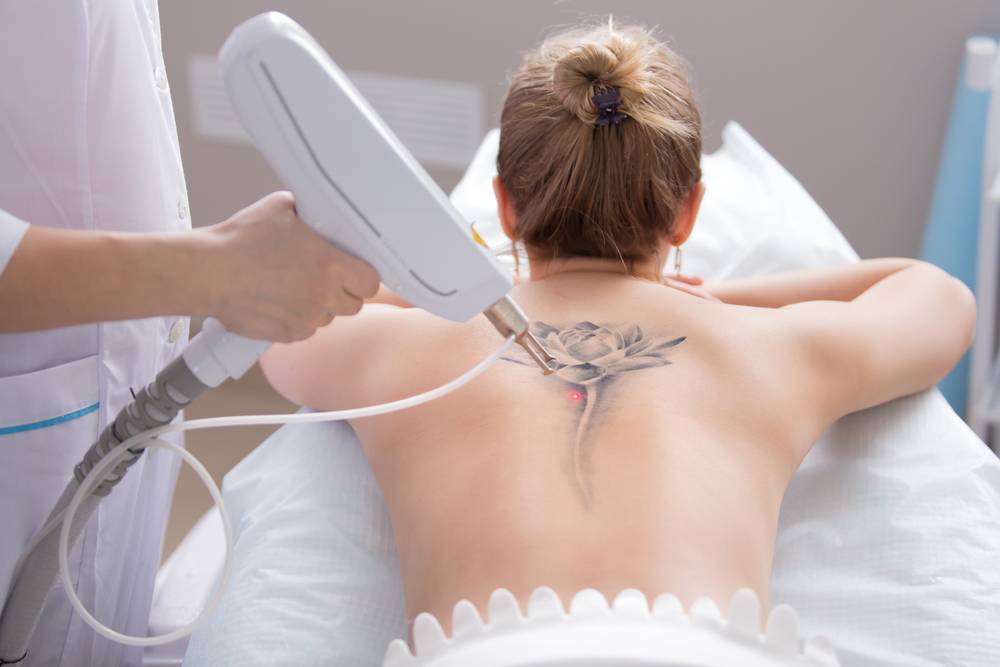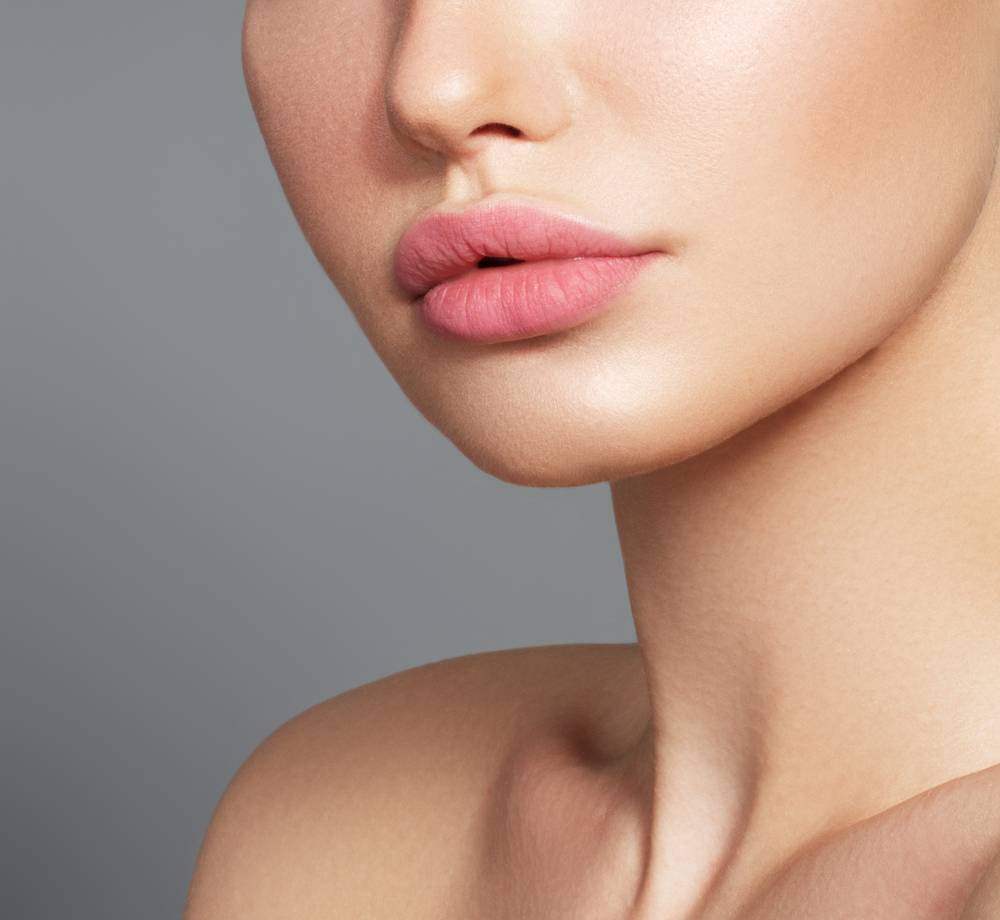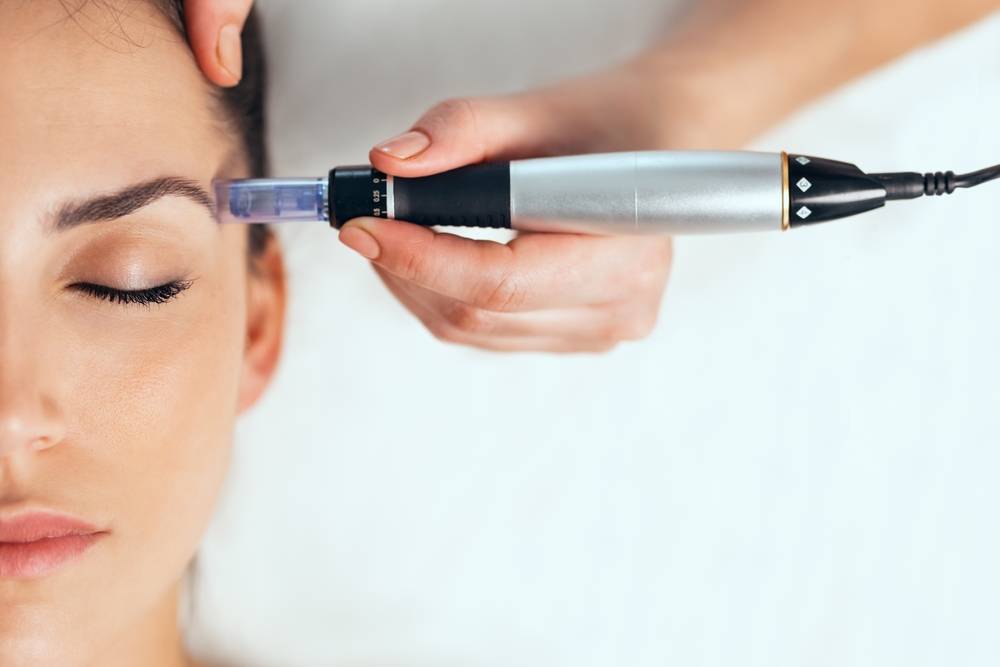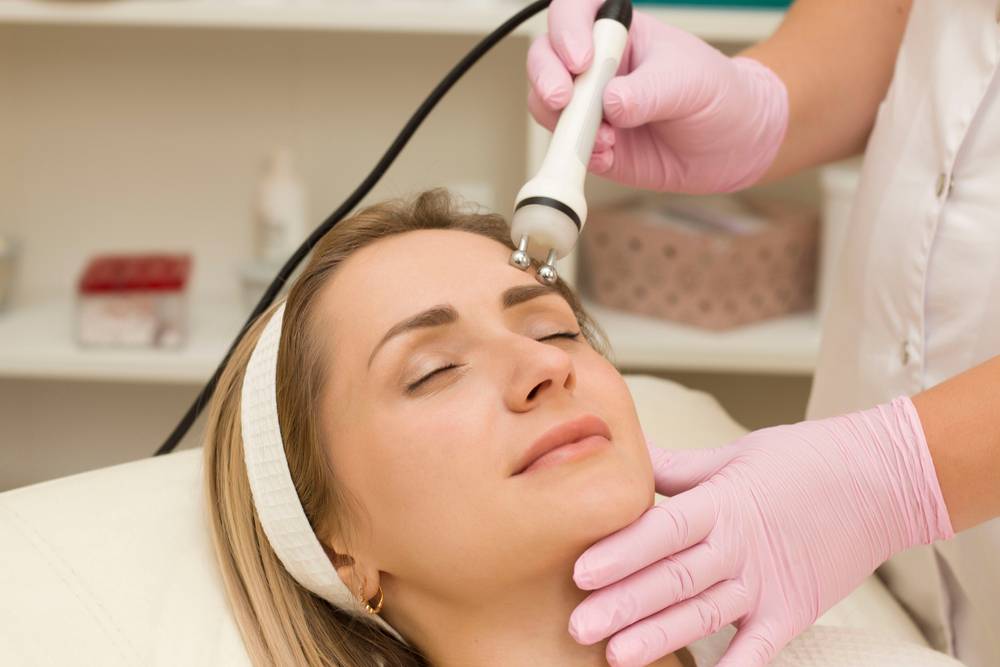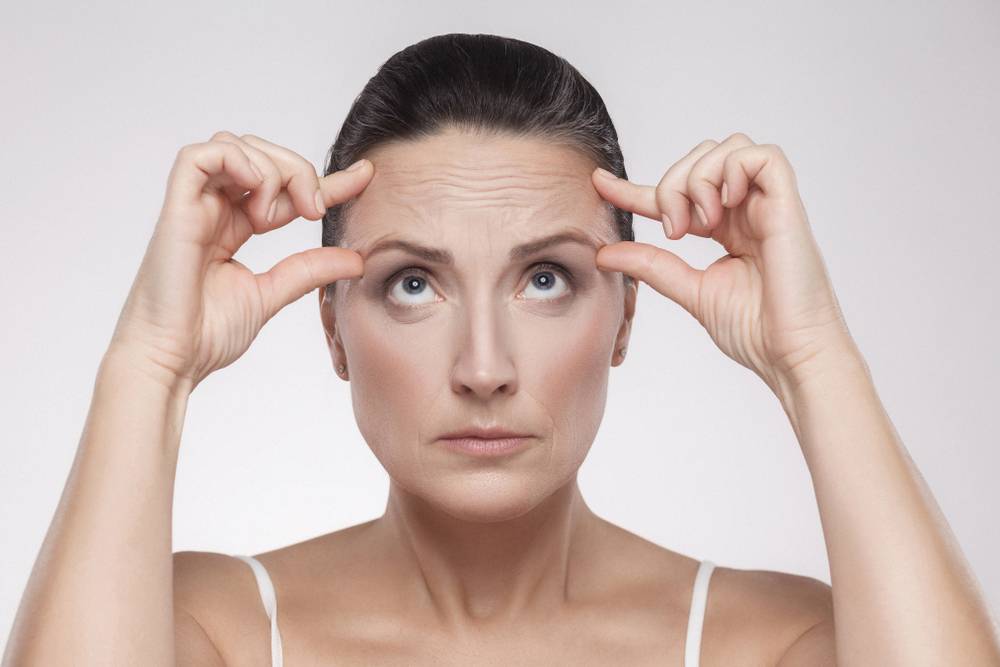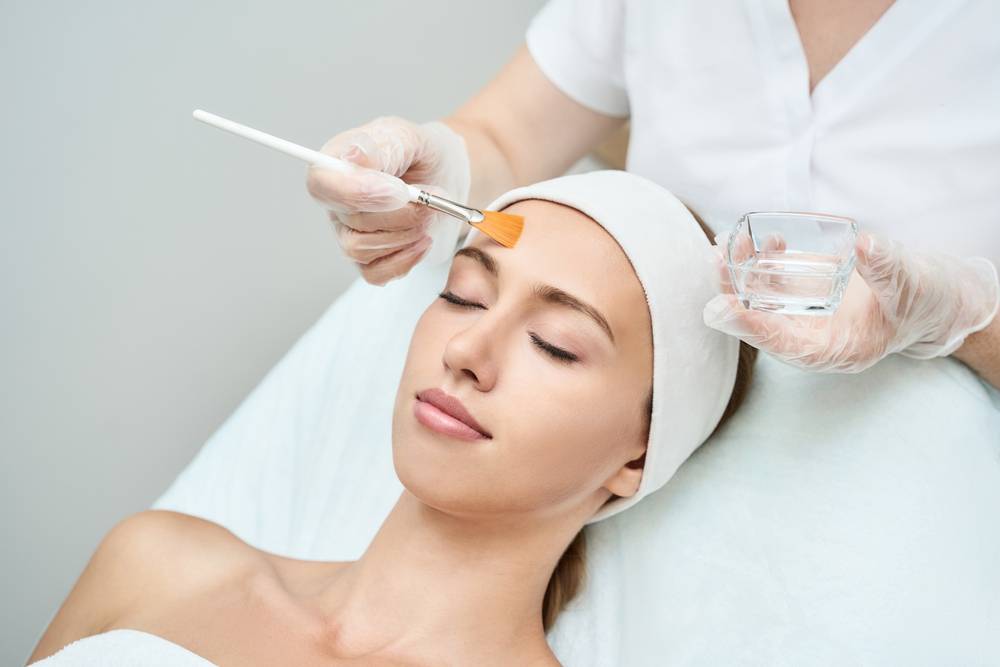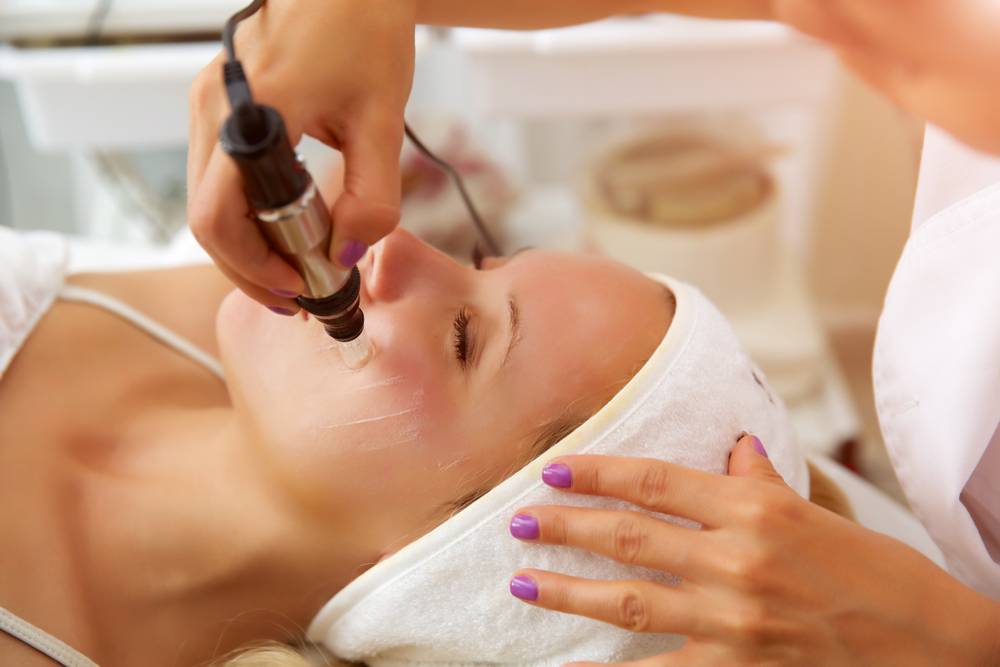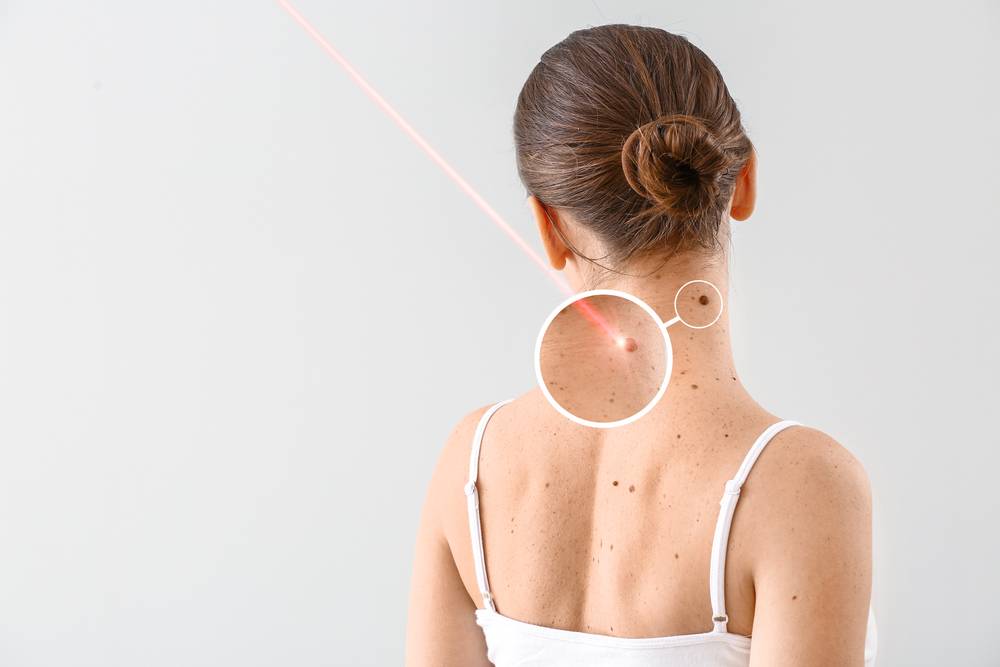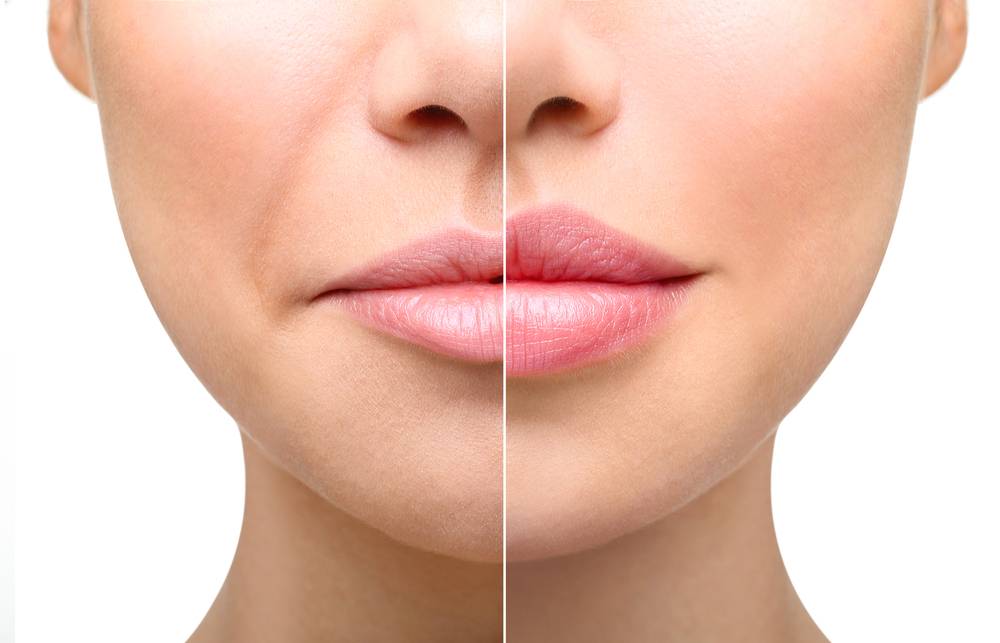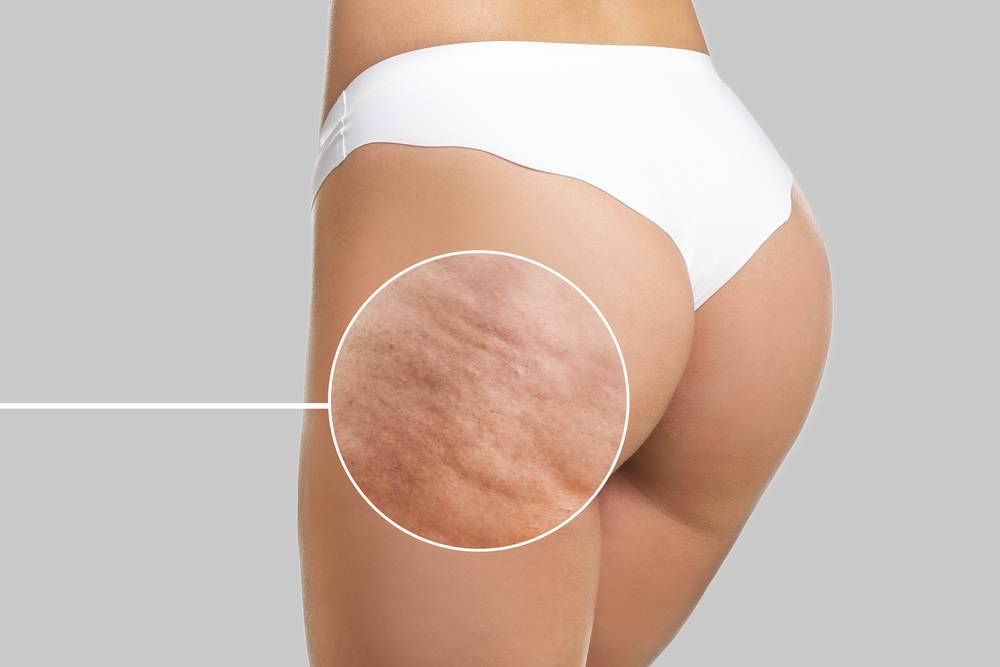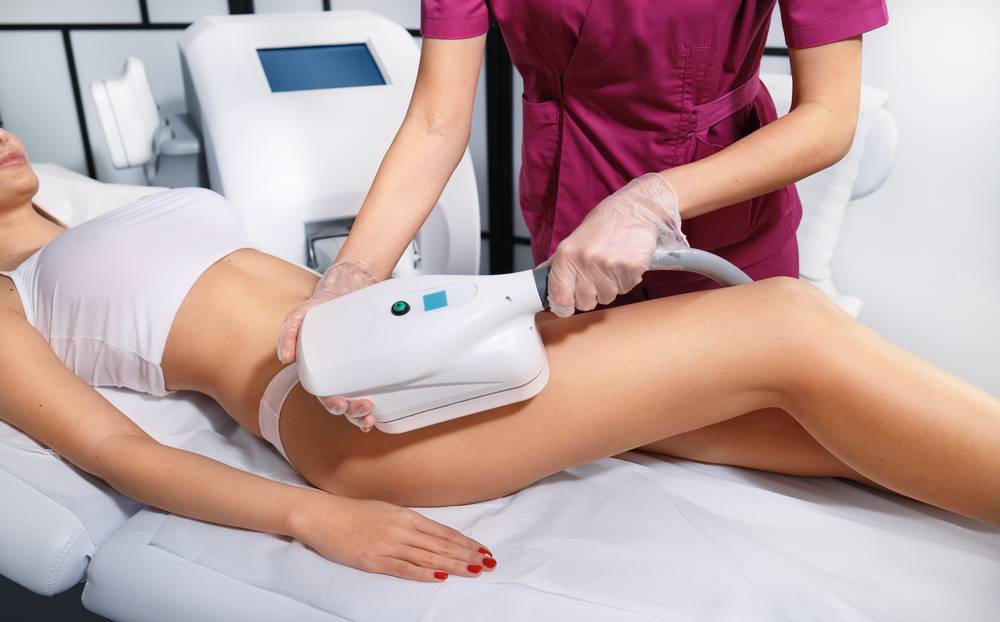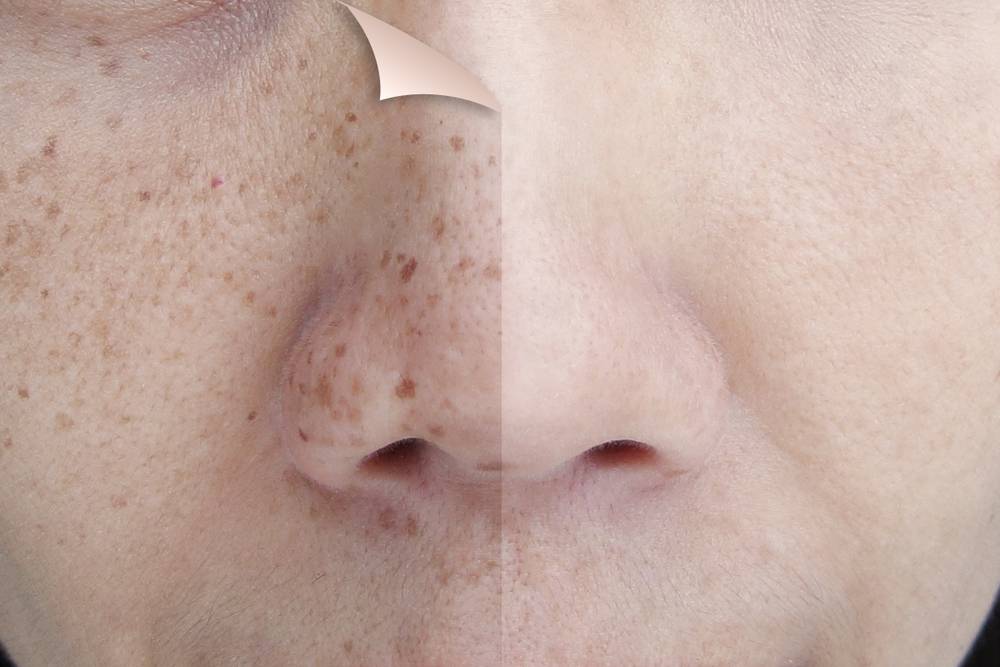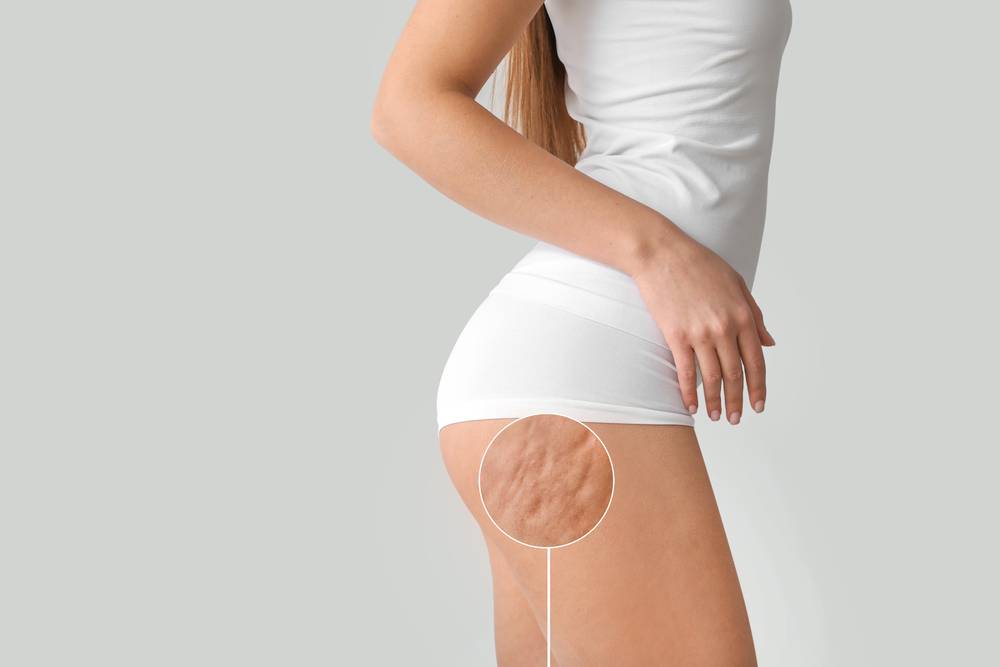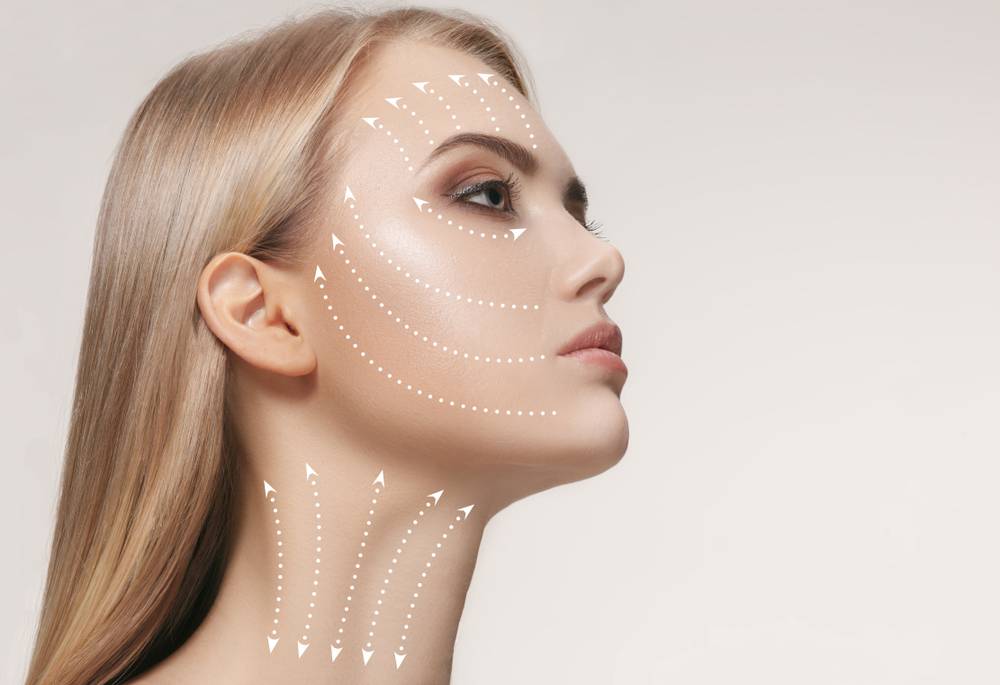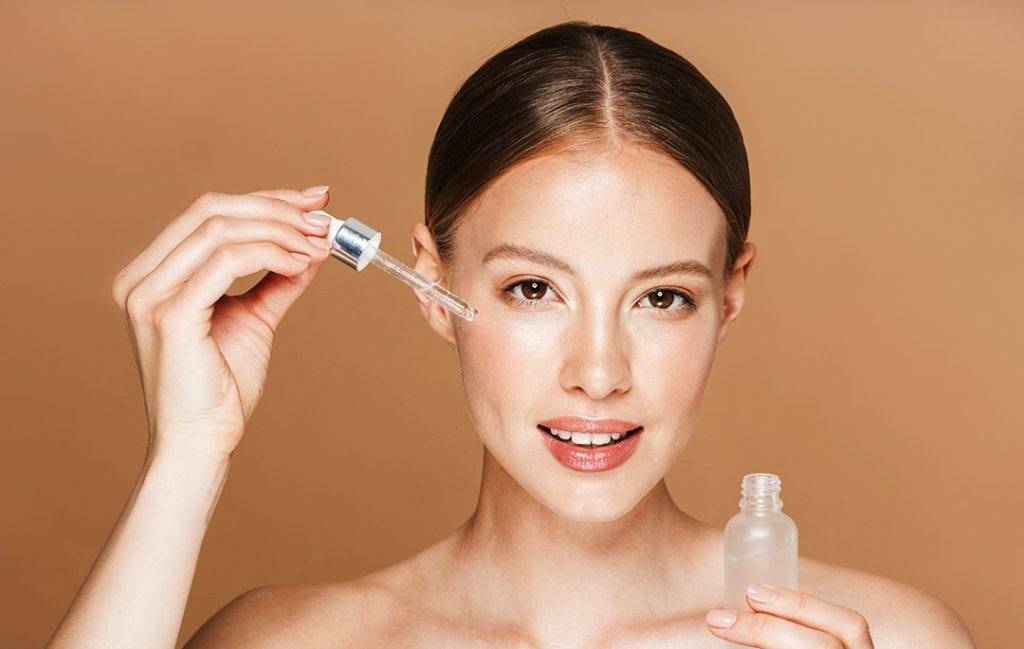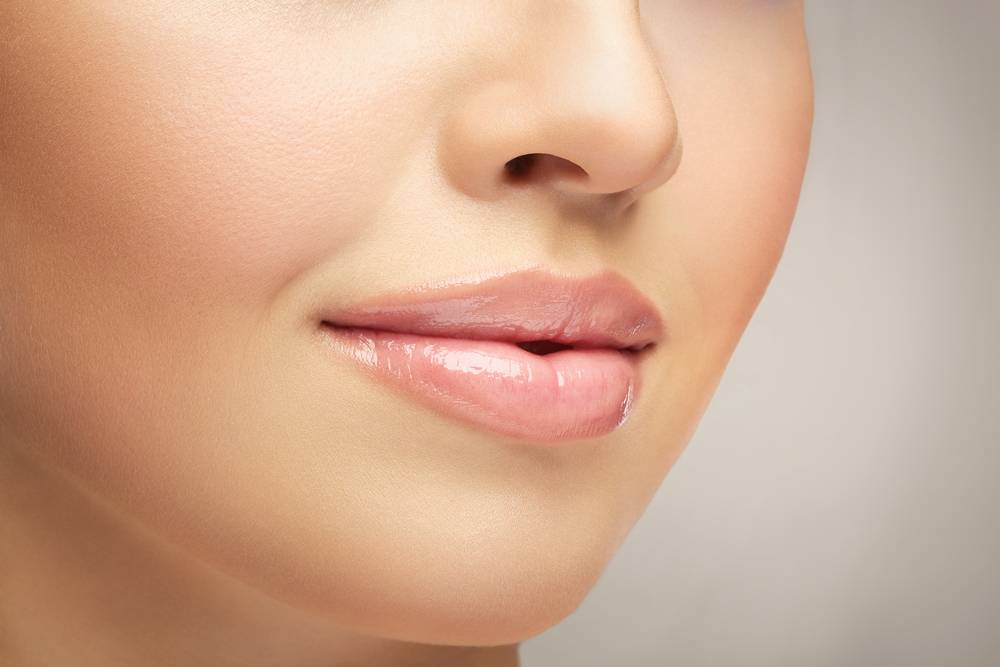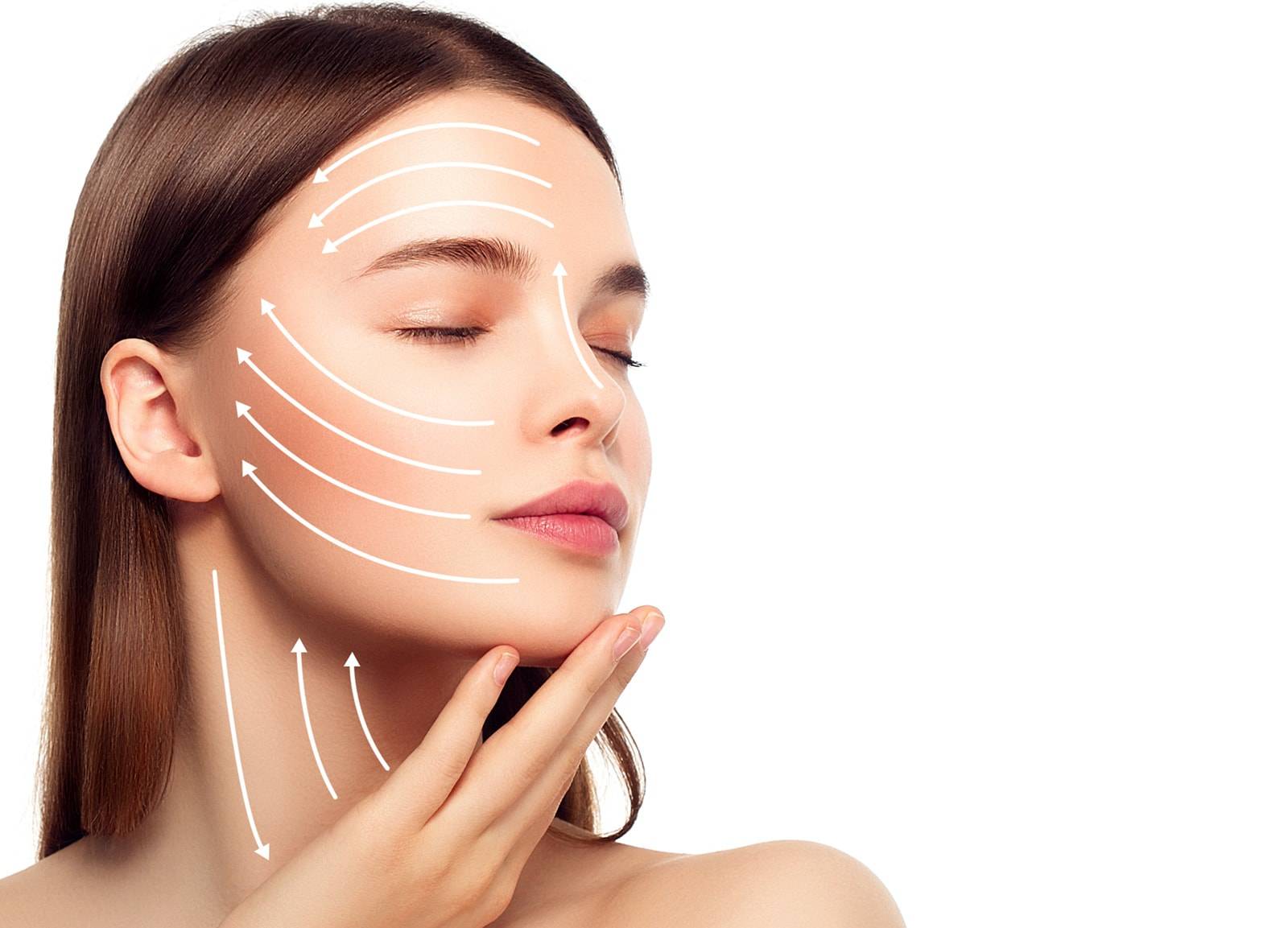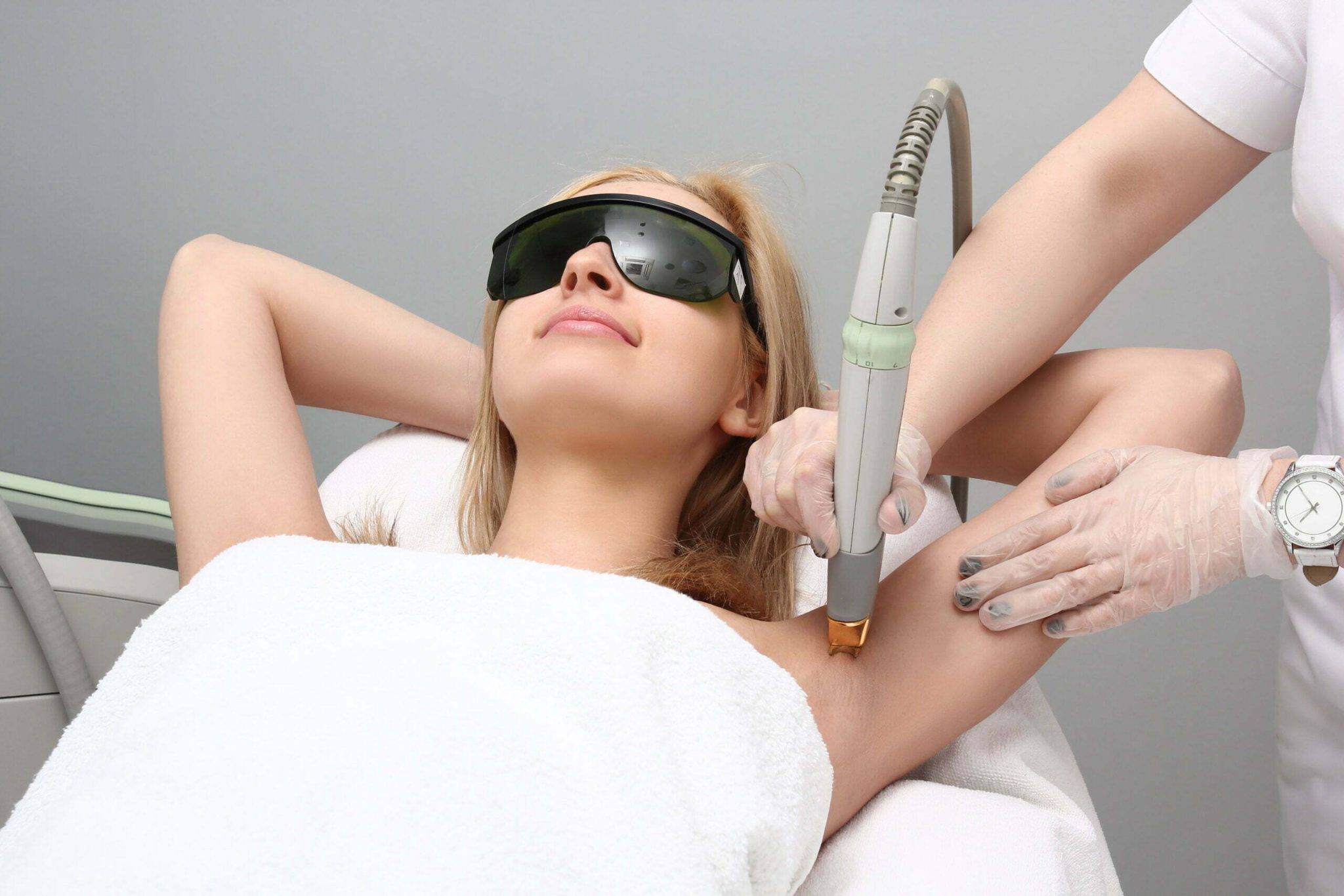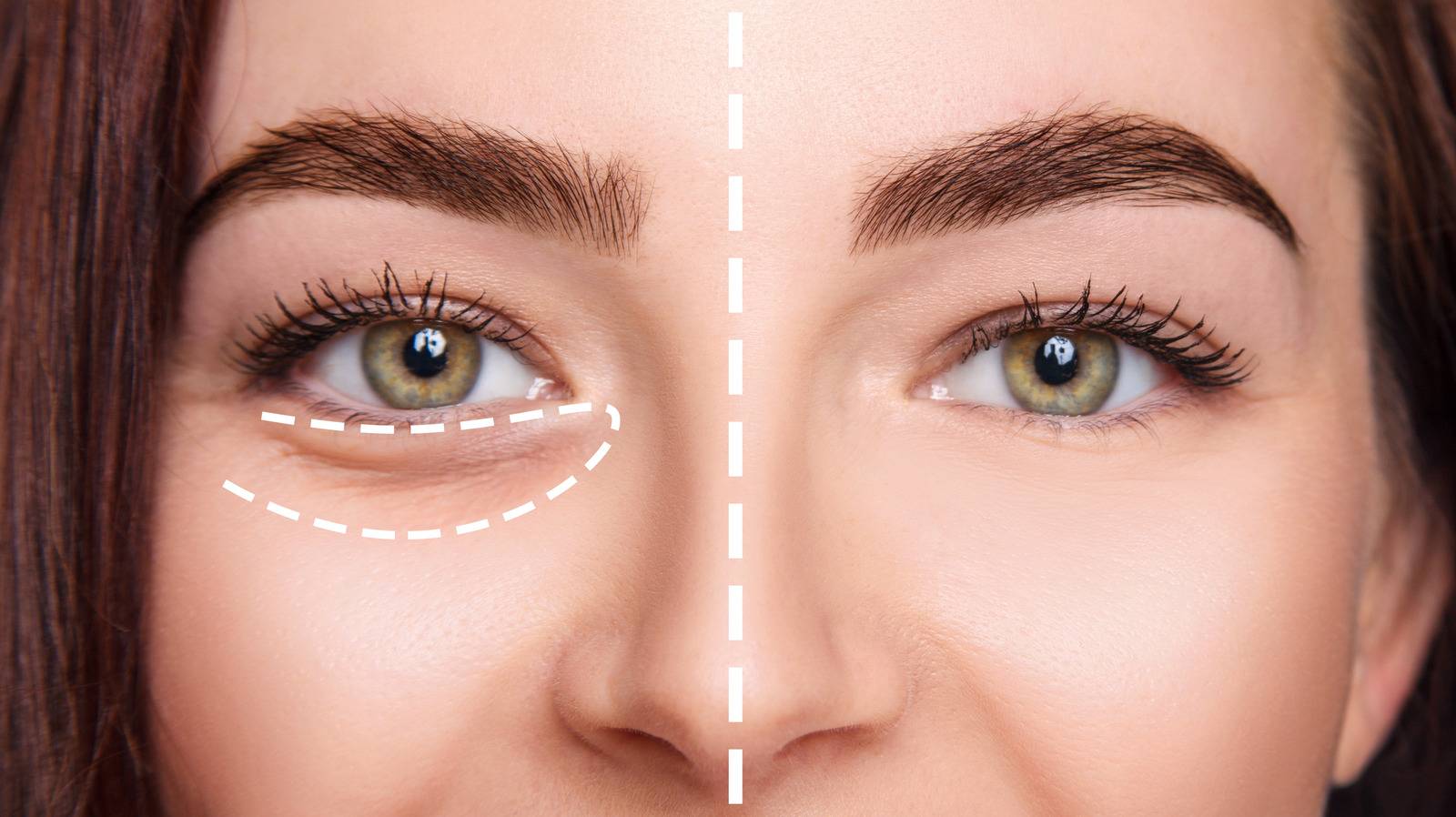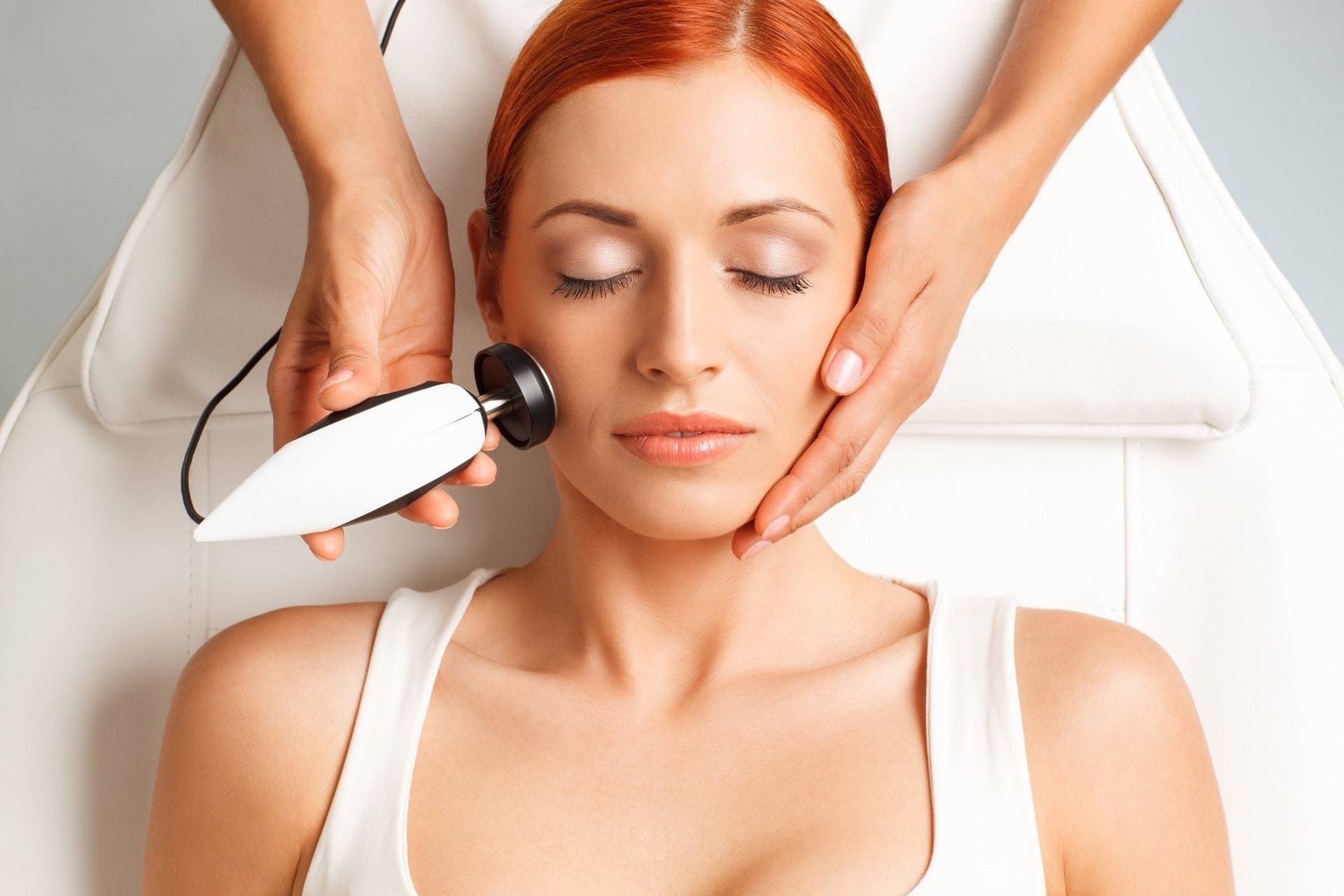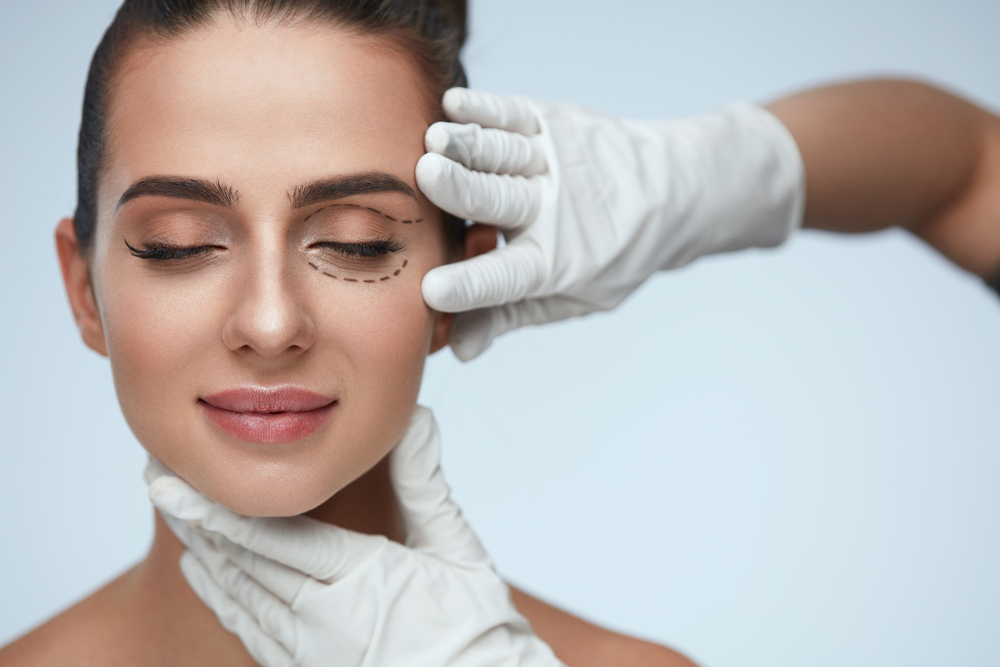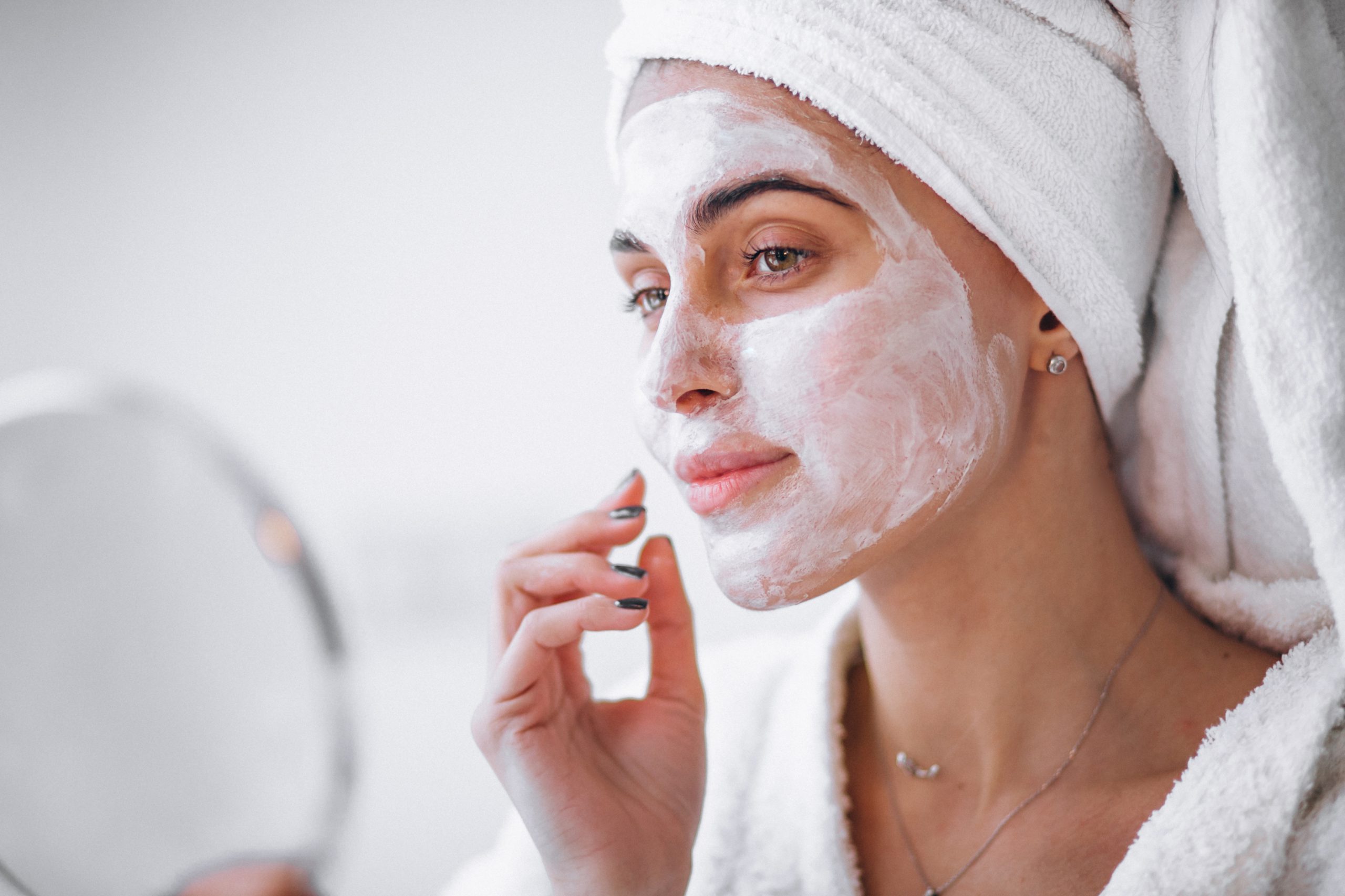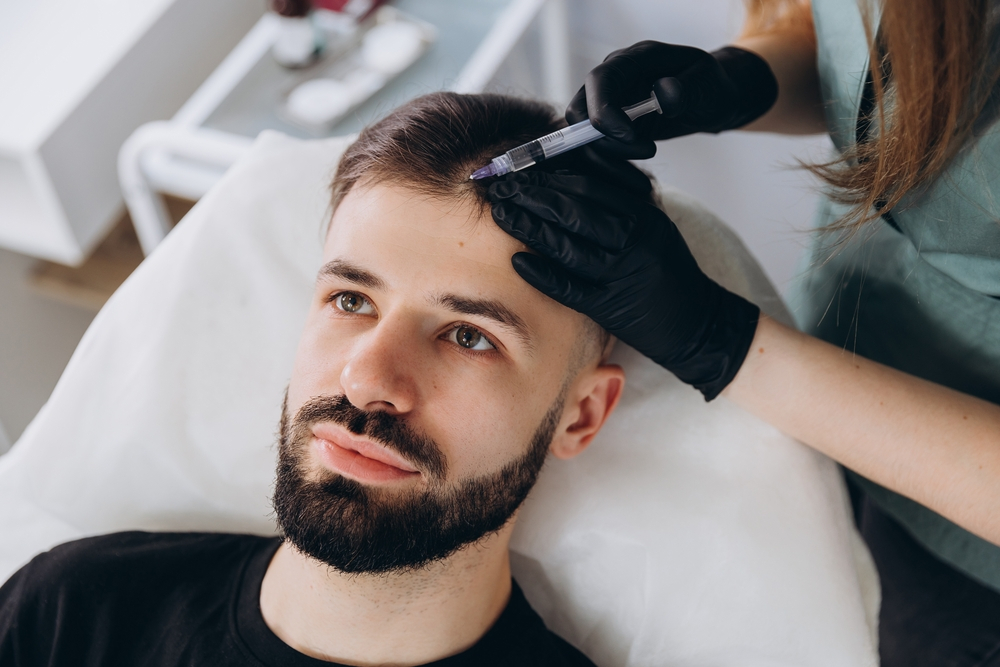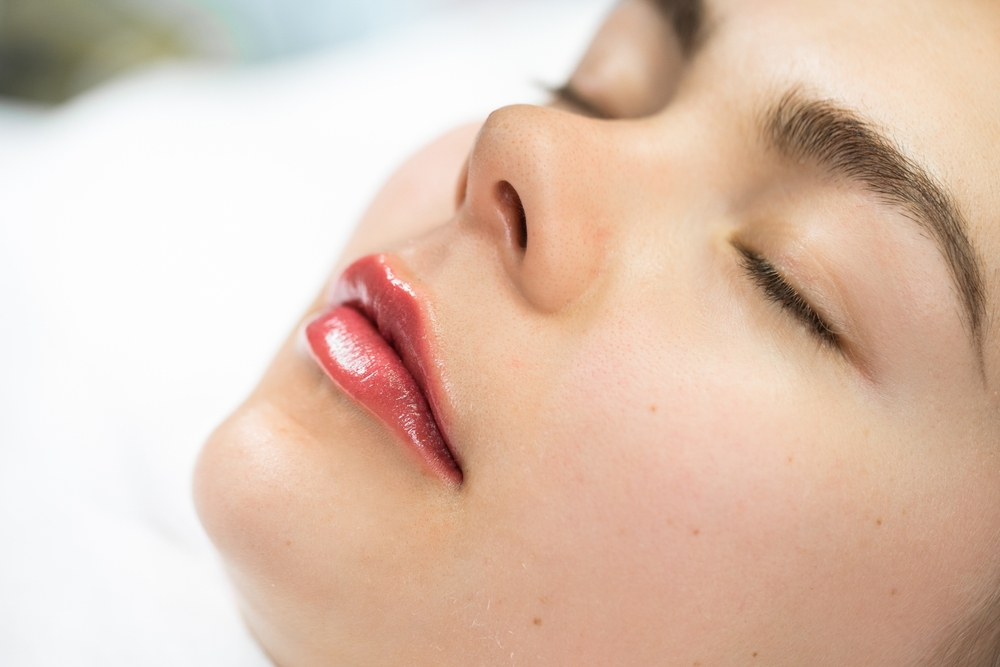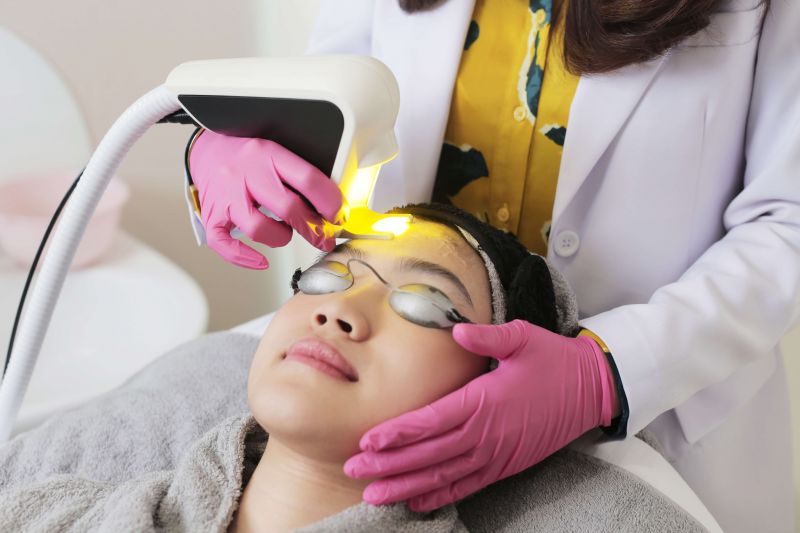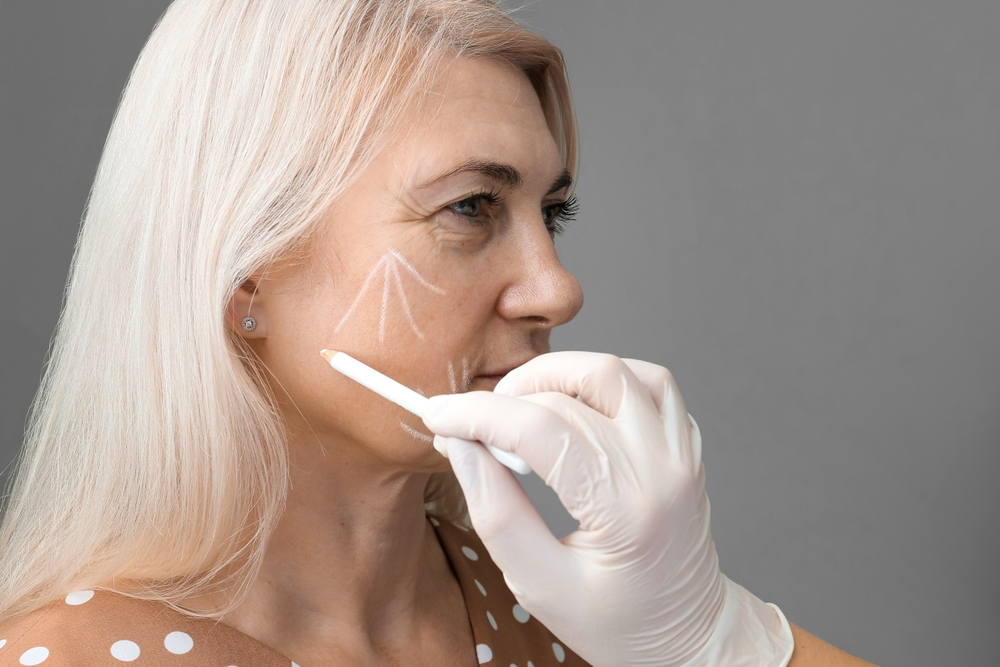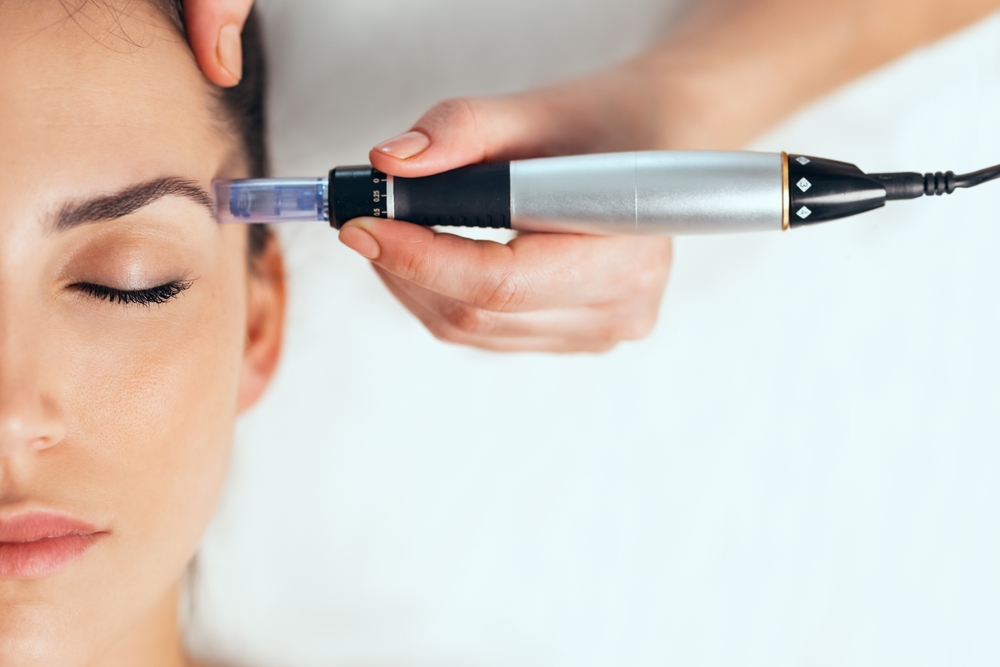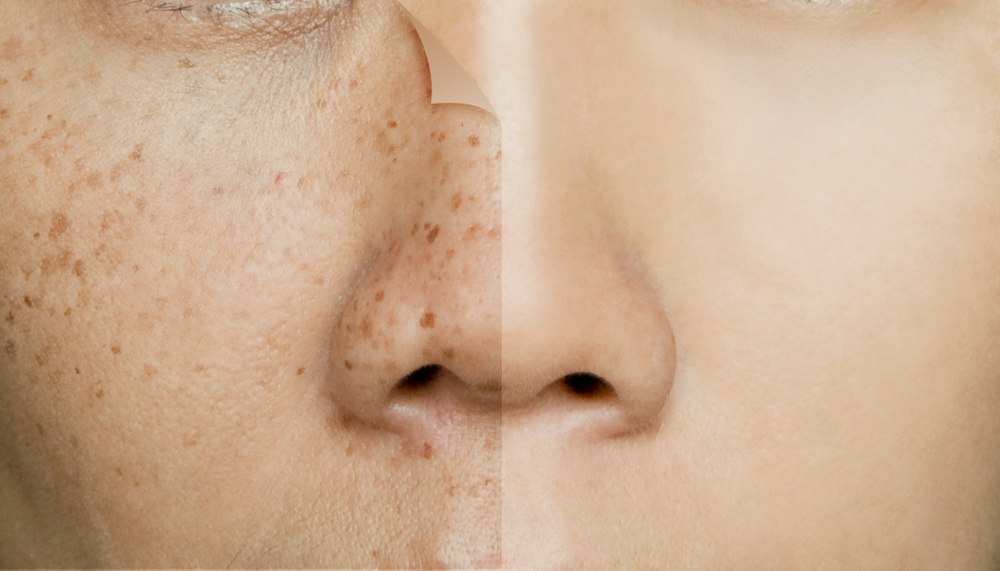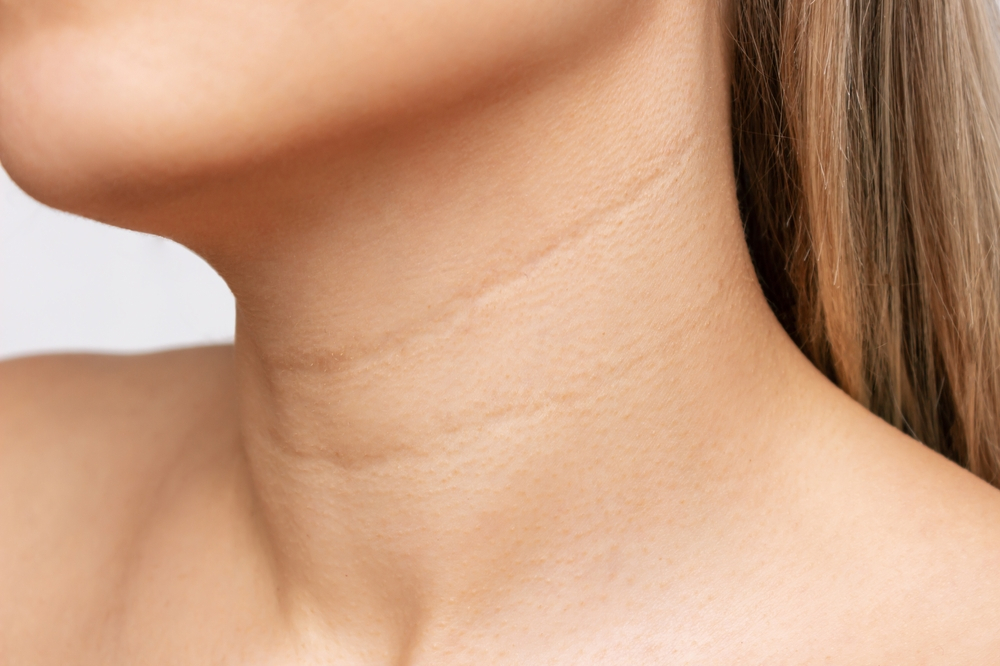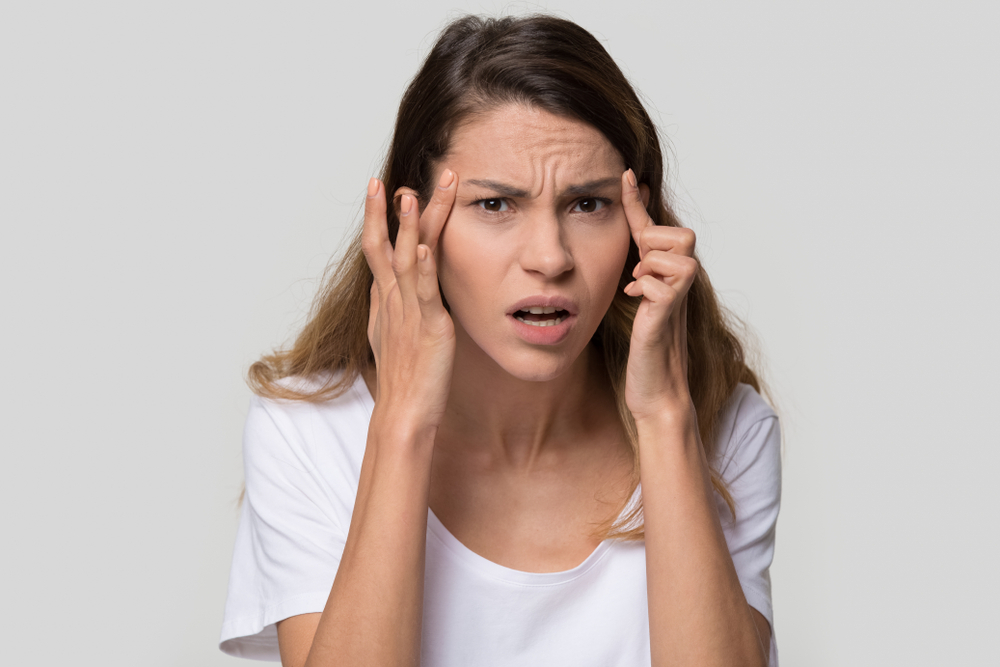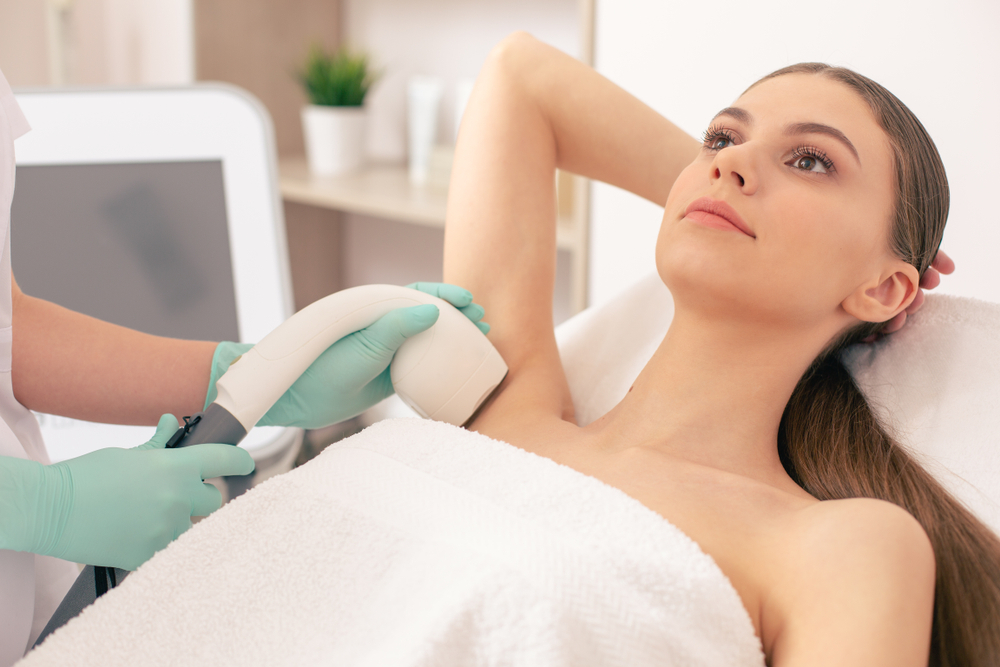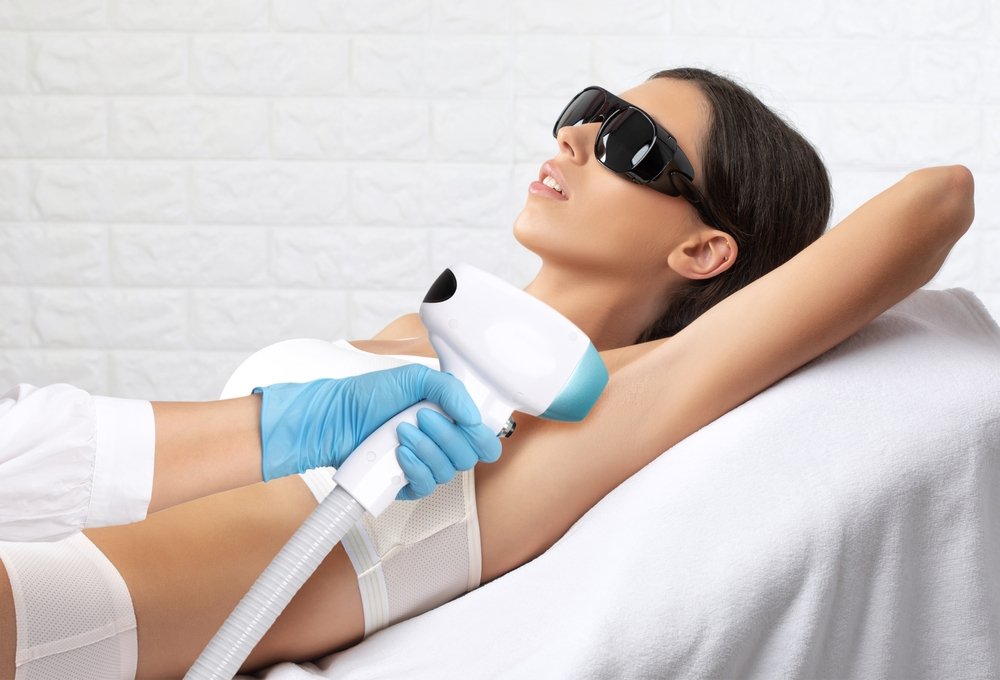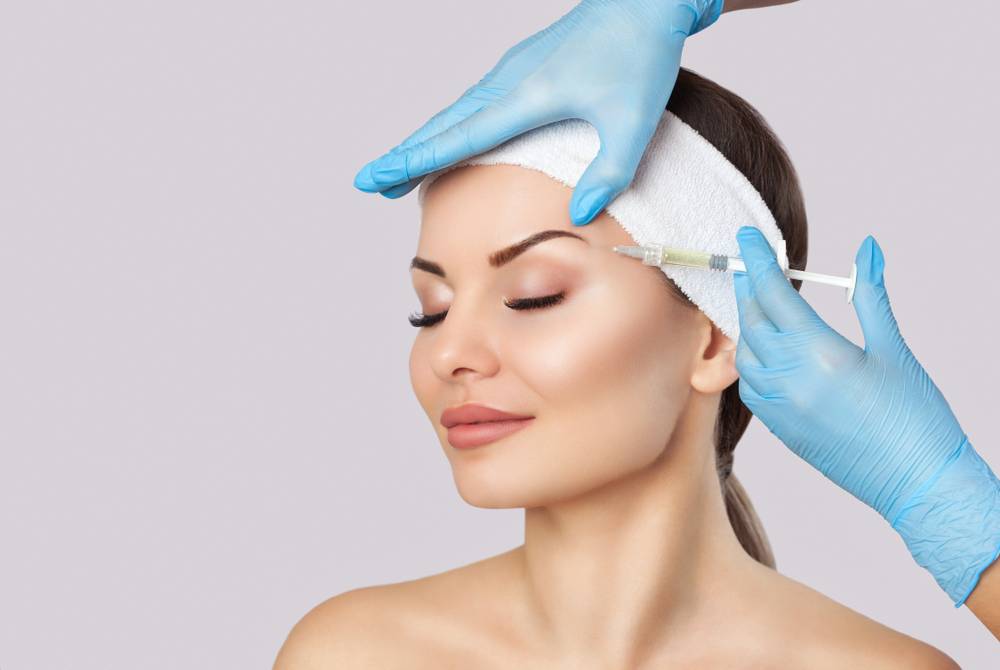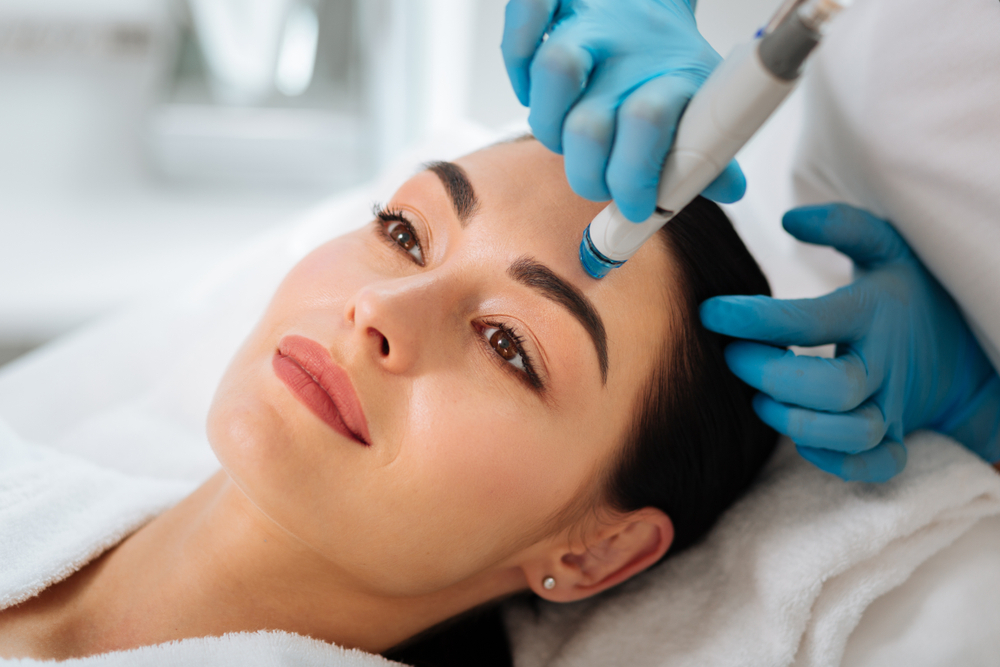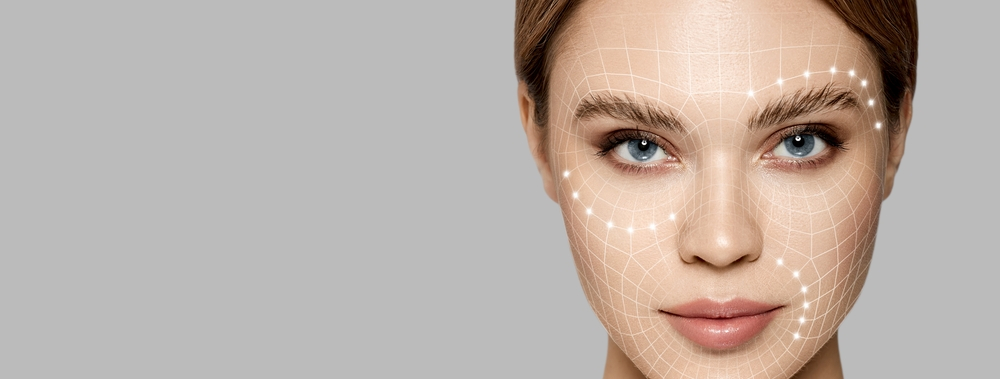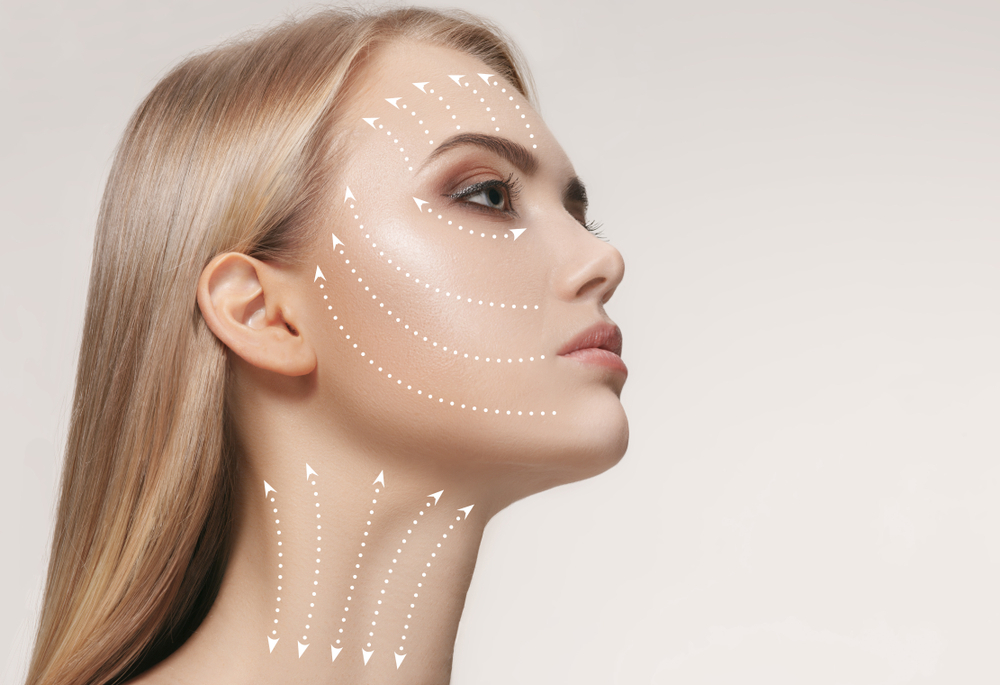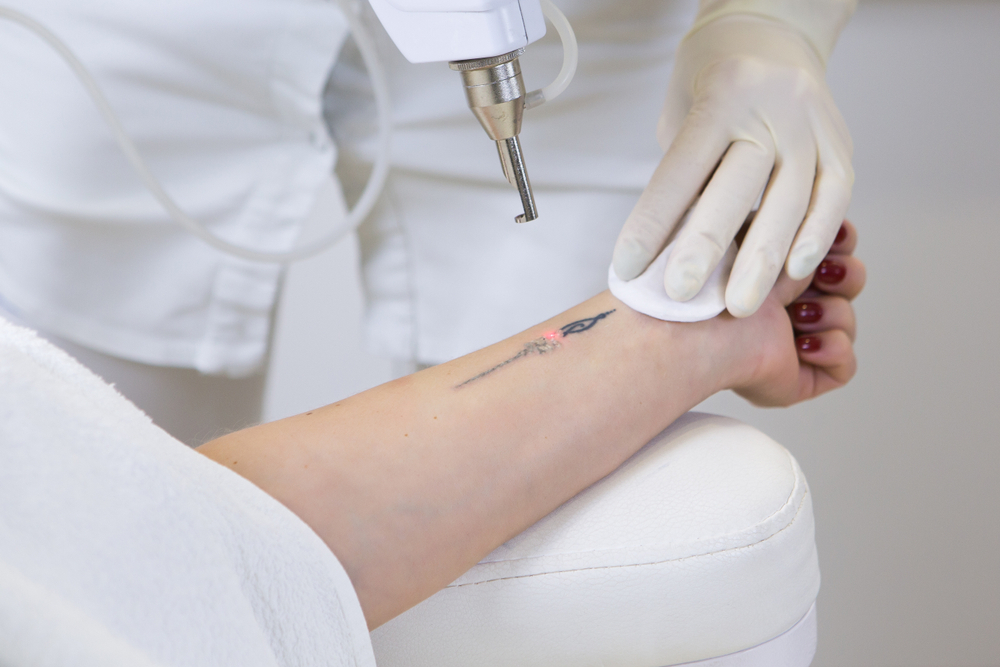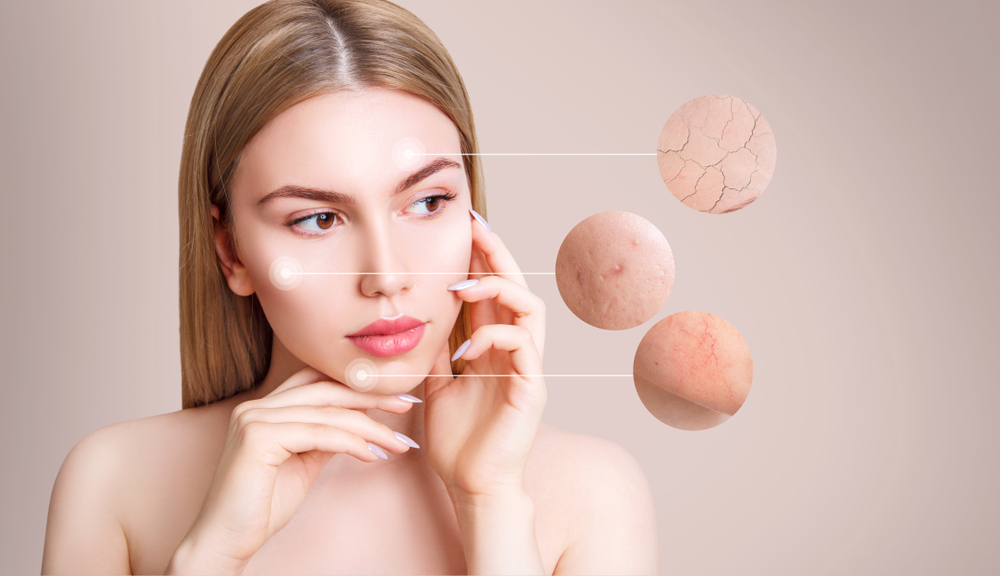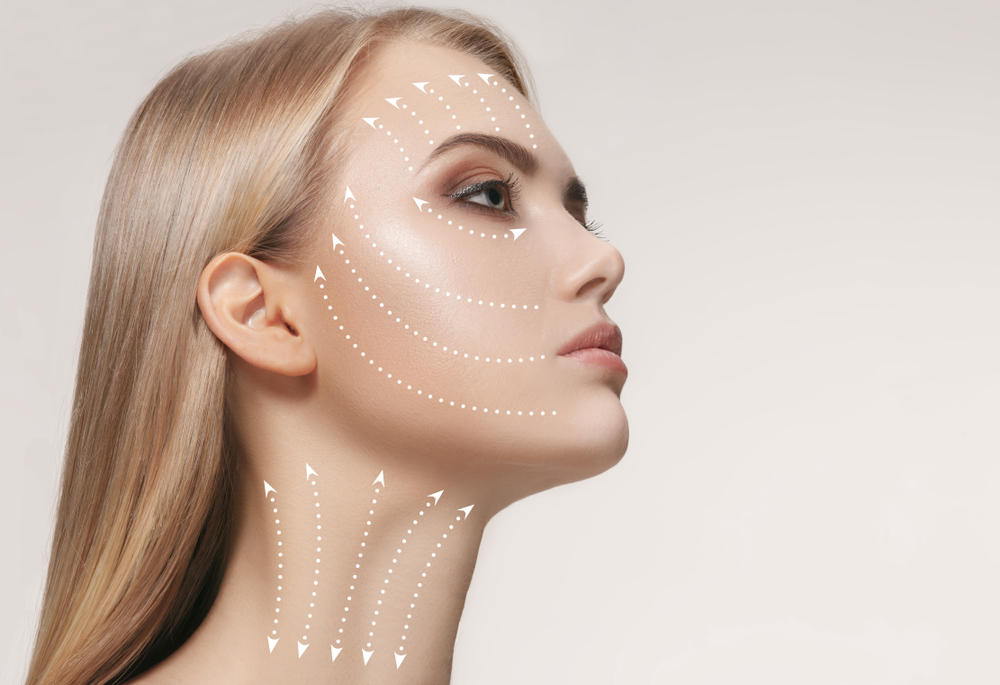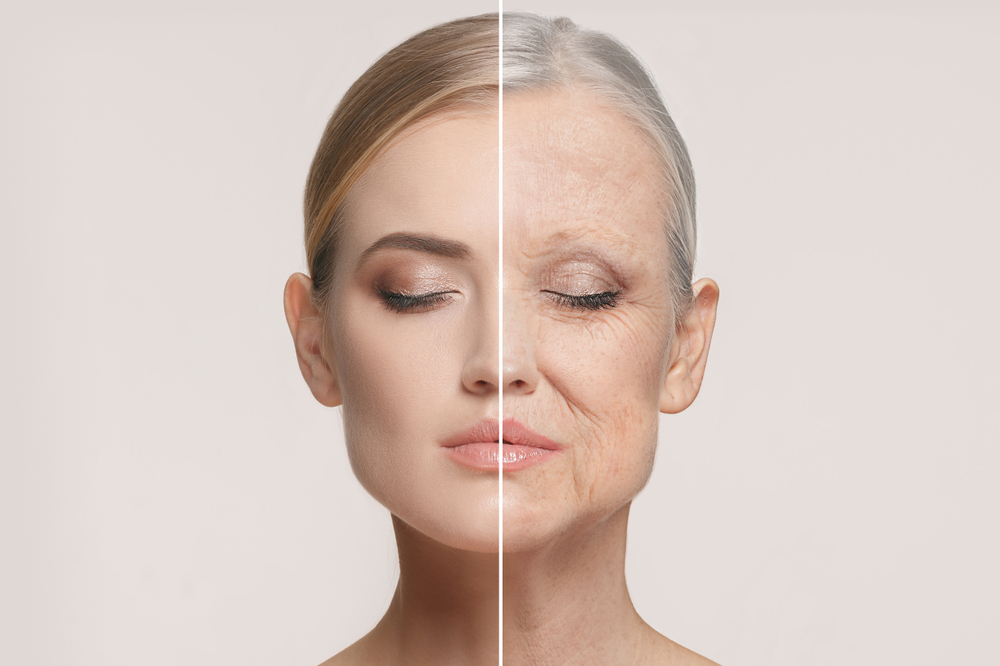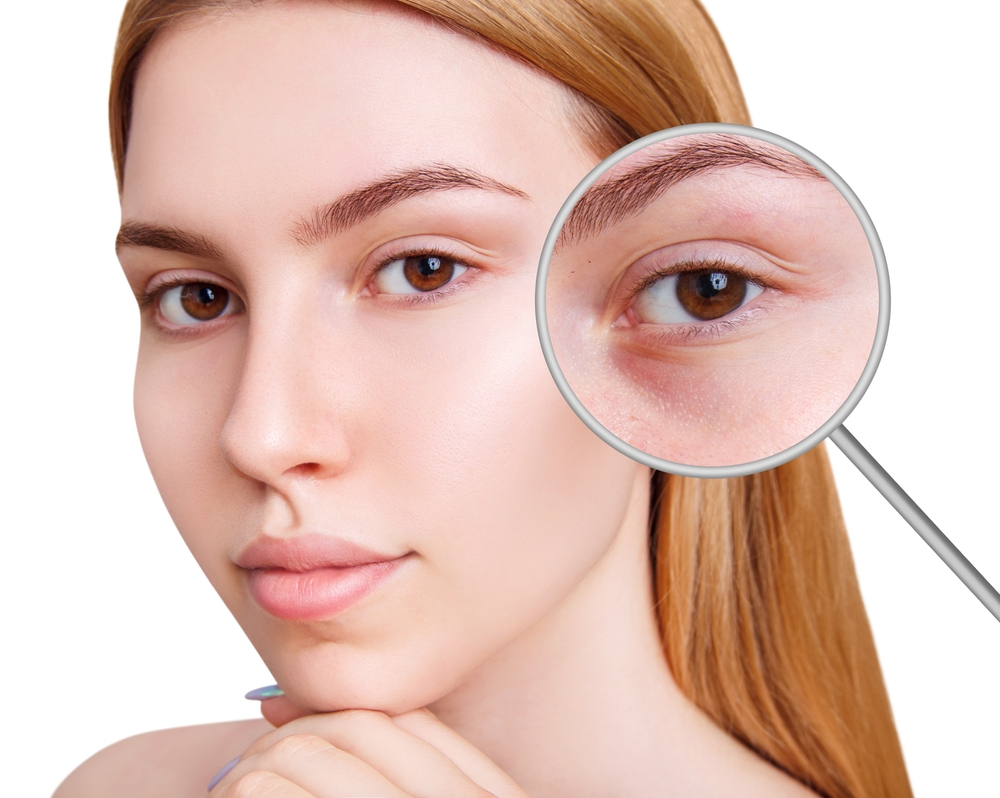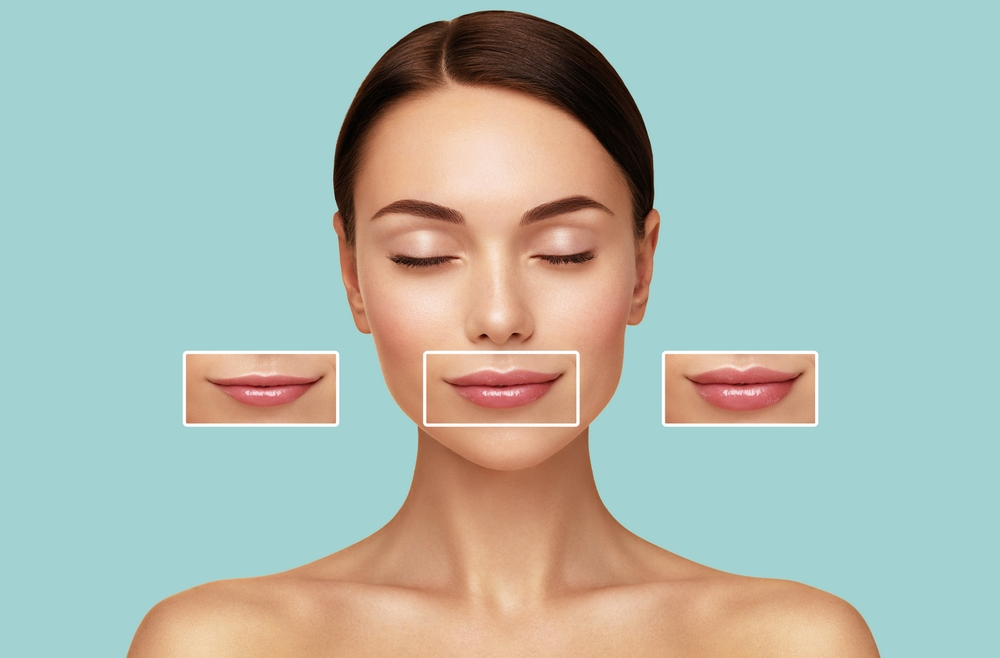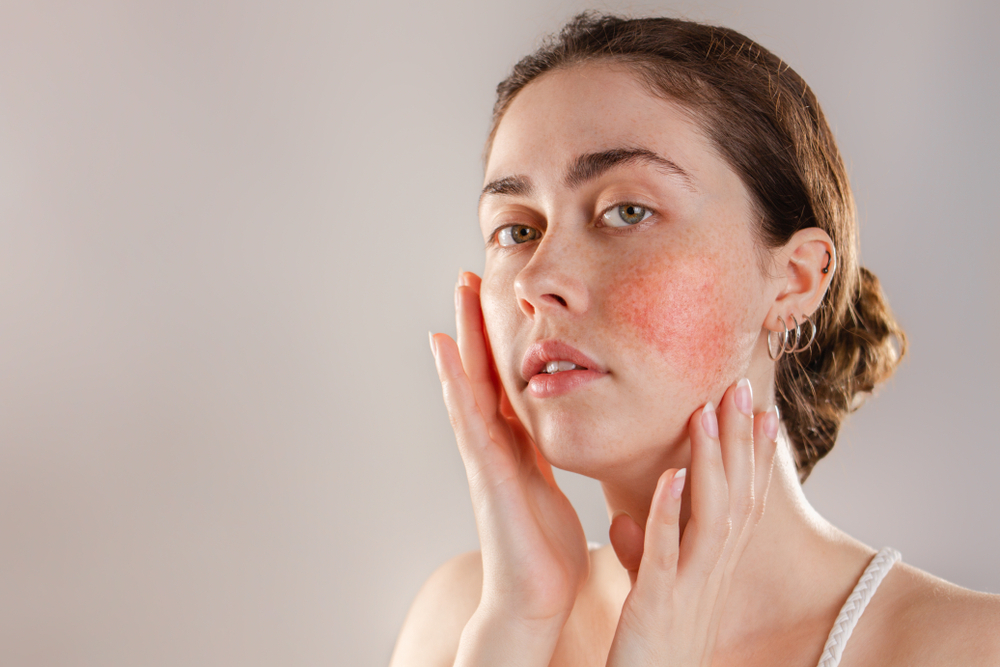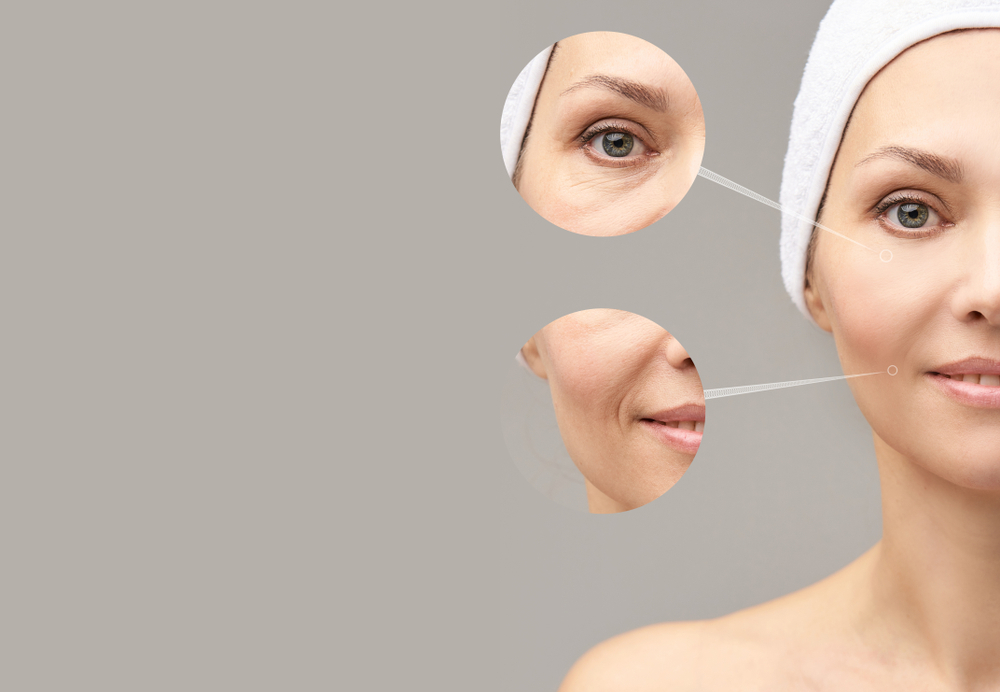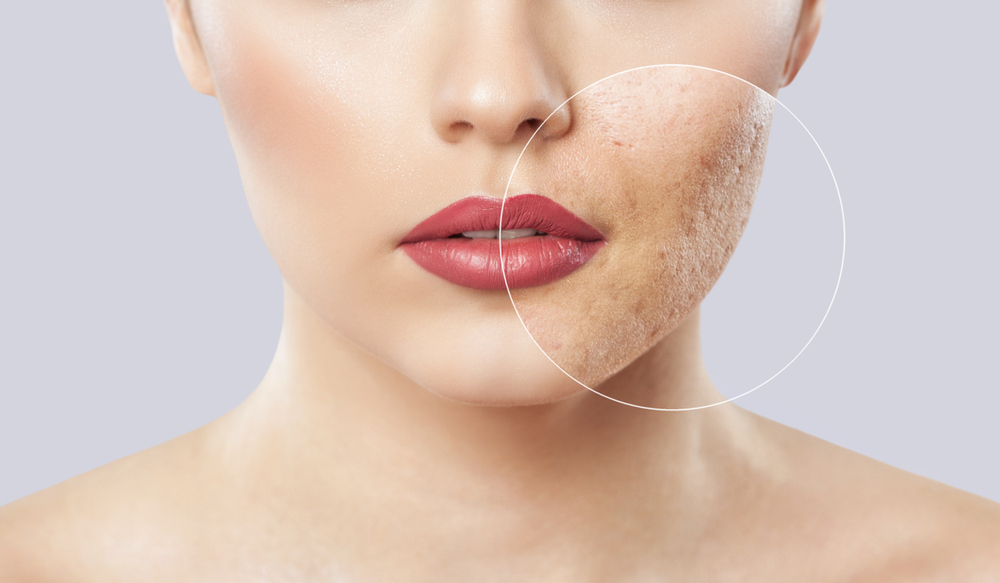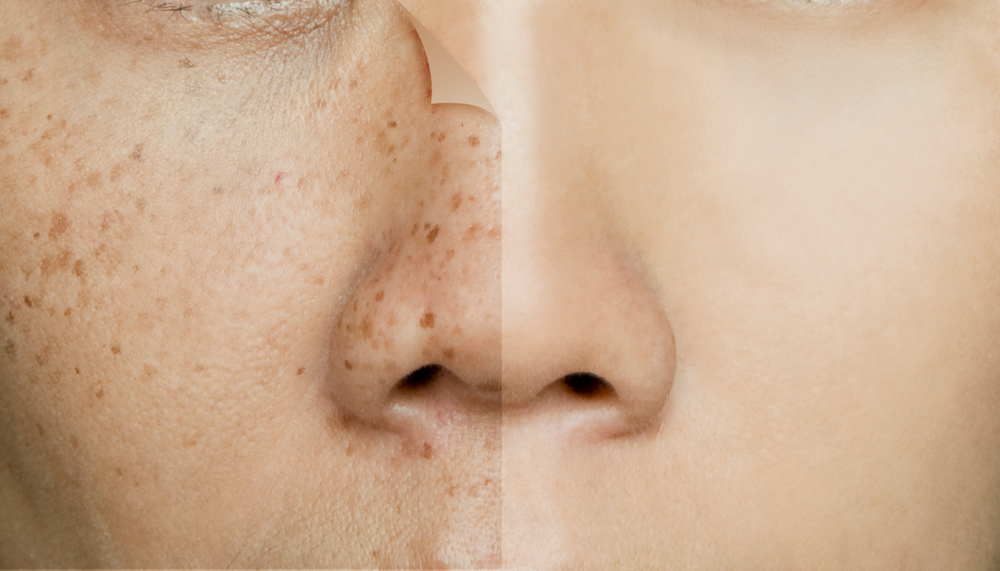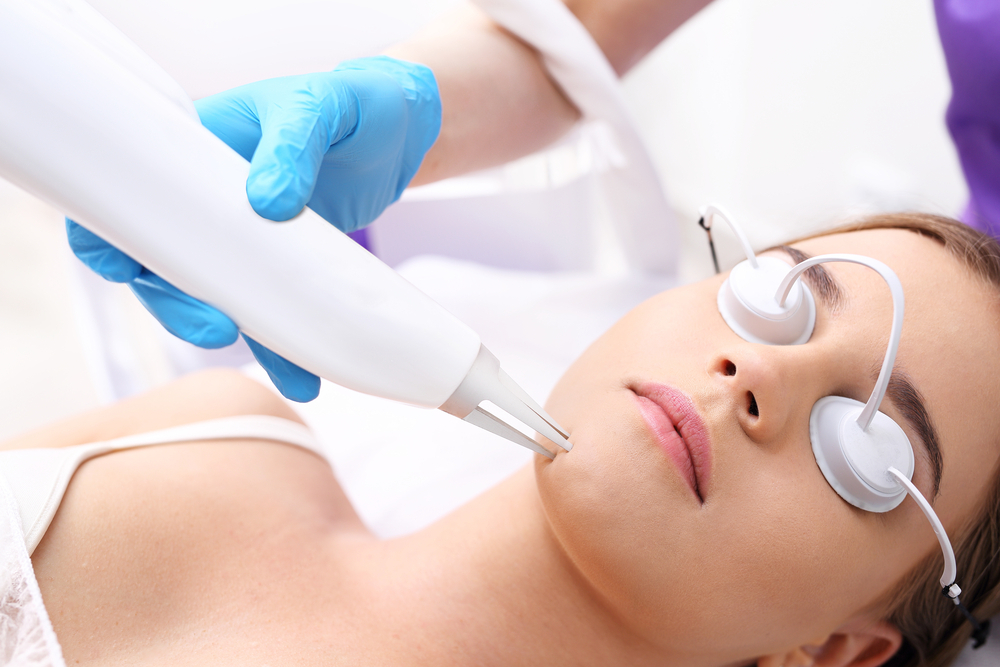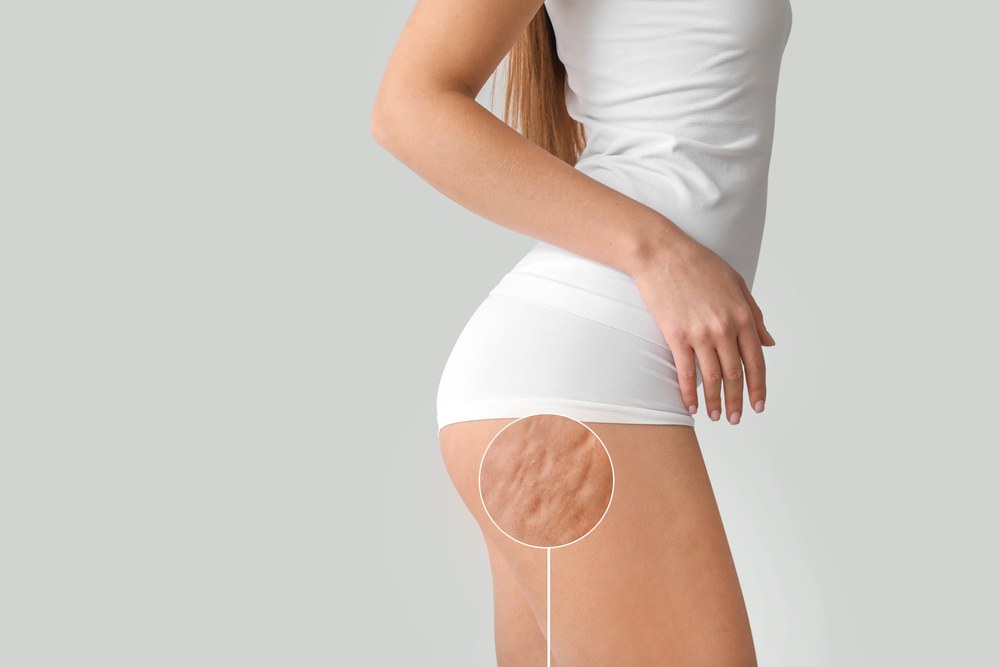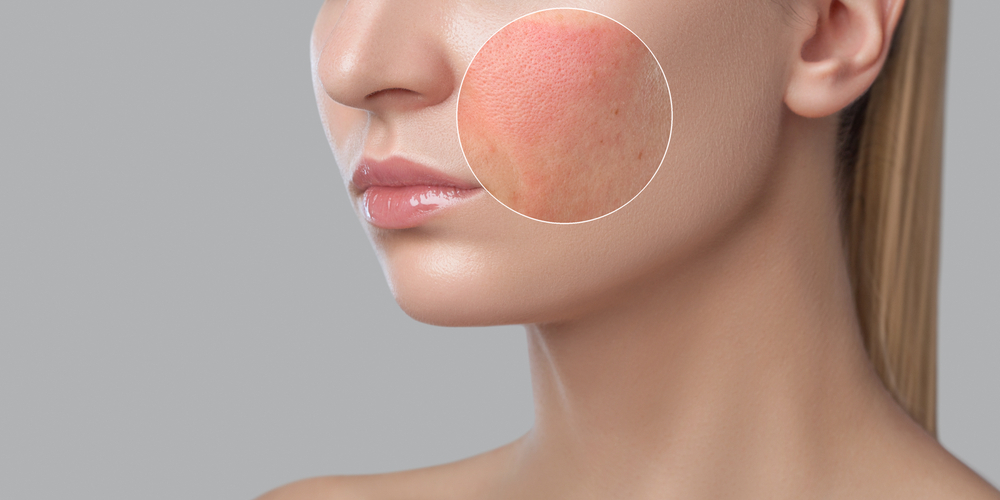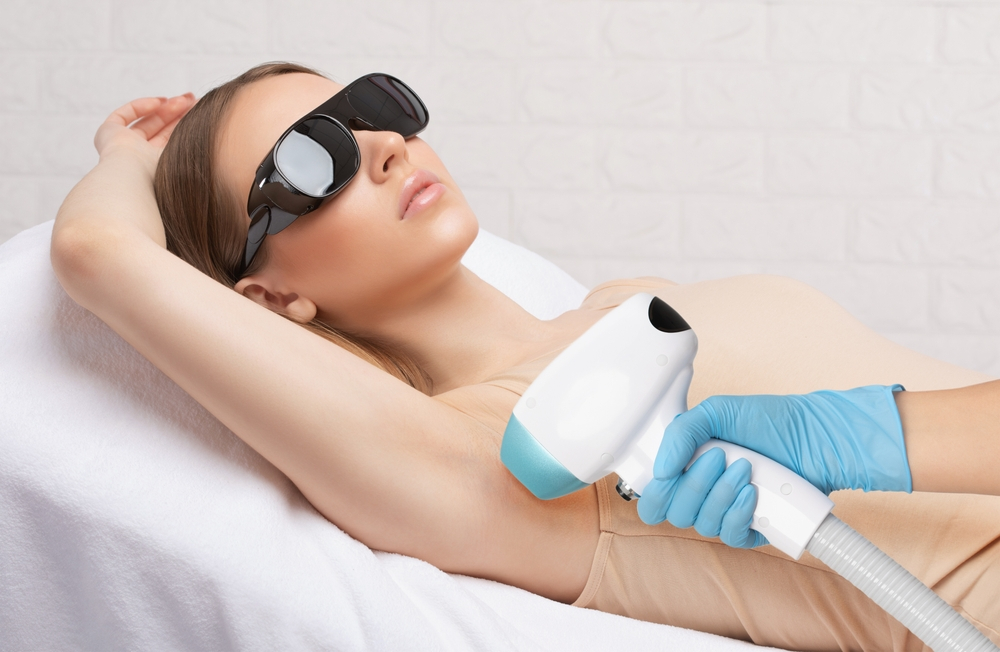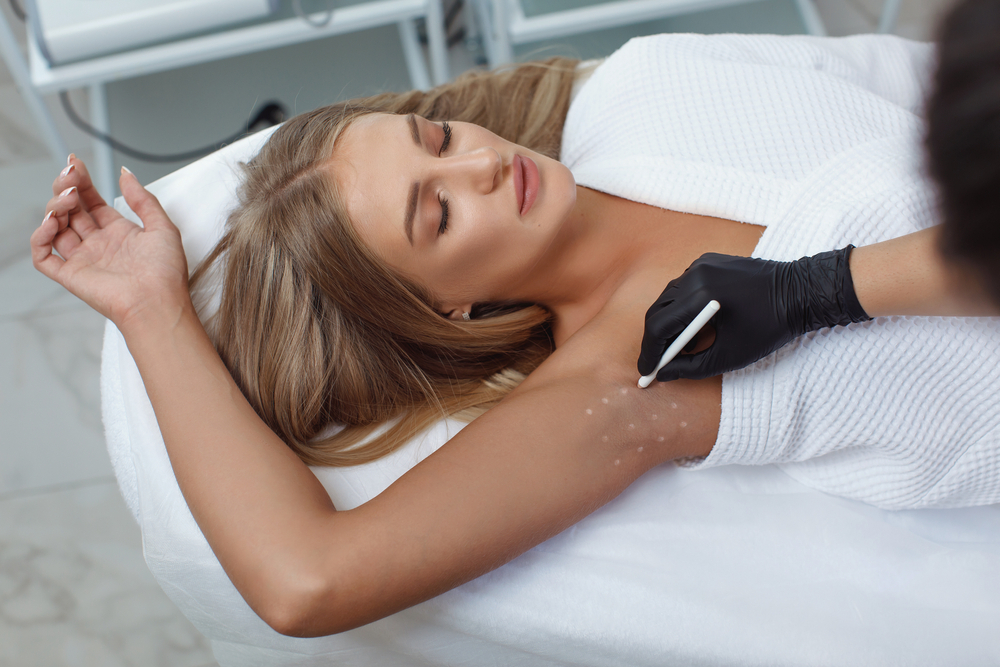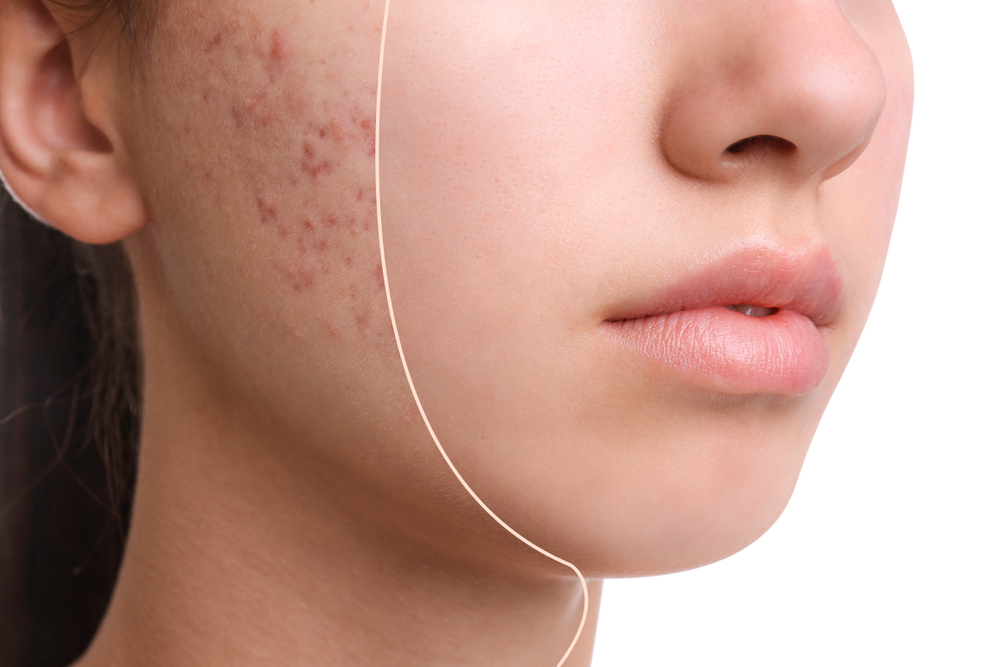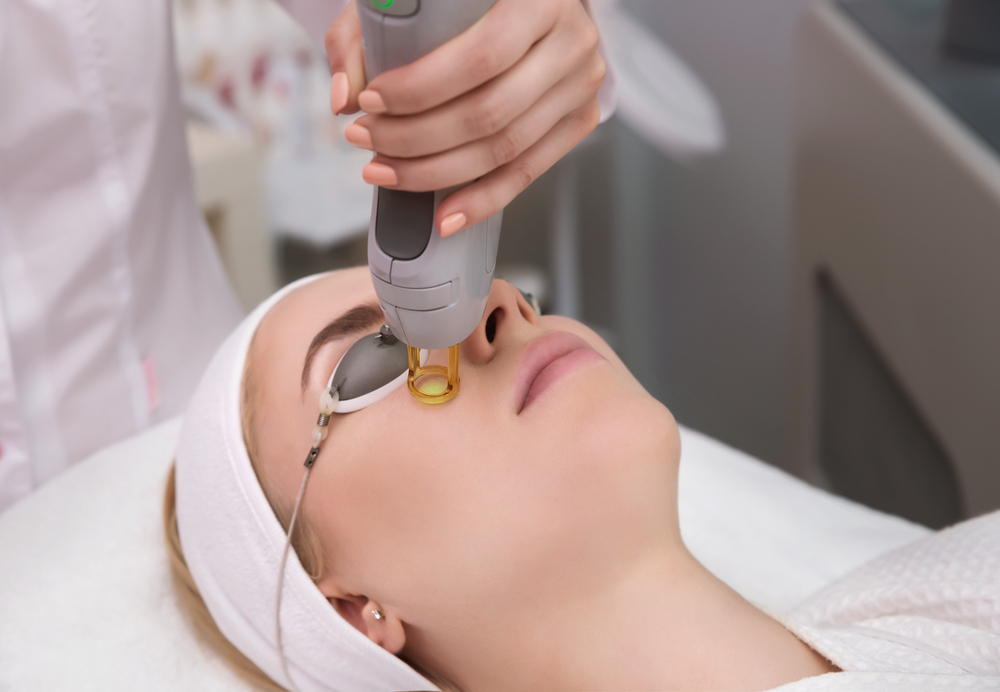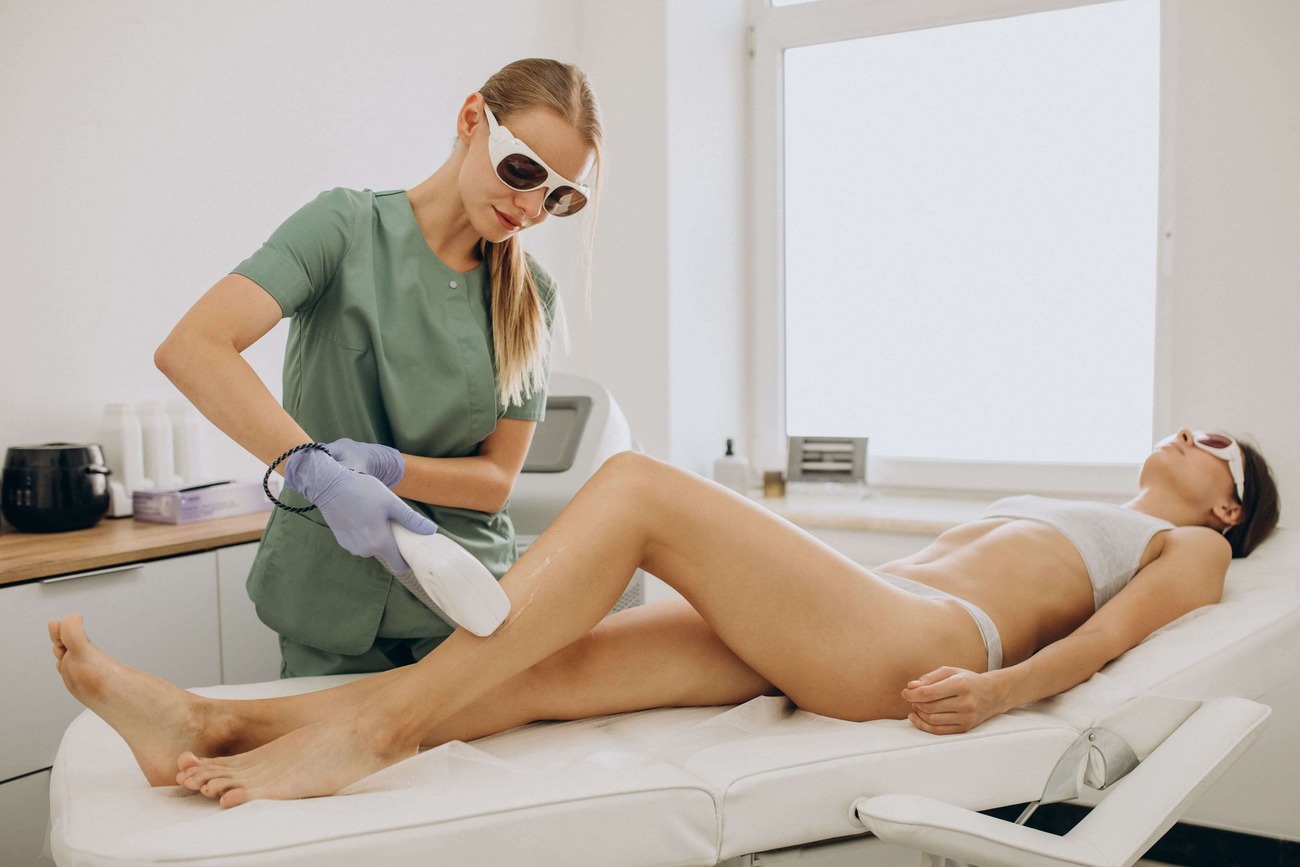Causes and Treatment of Dark Circles Under Eyes
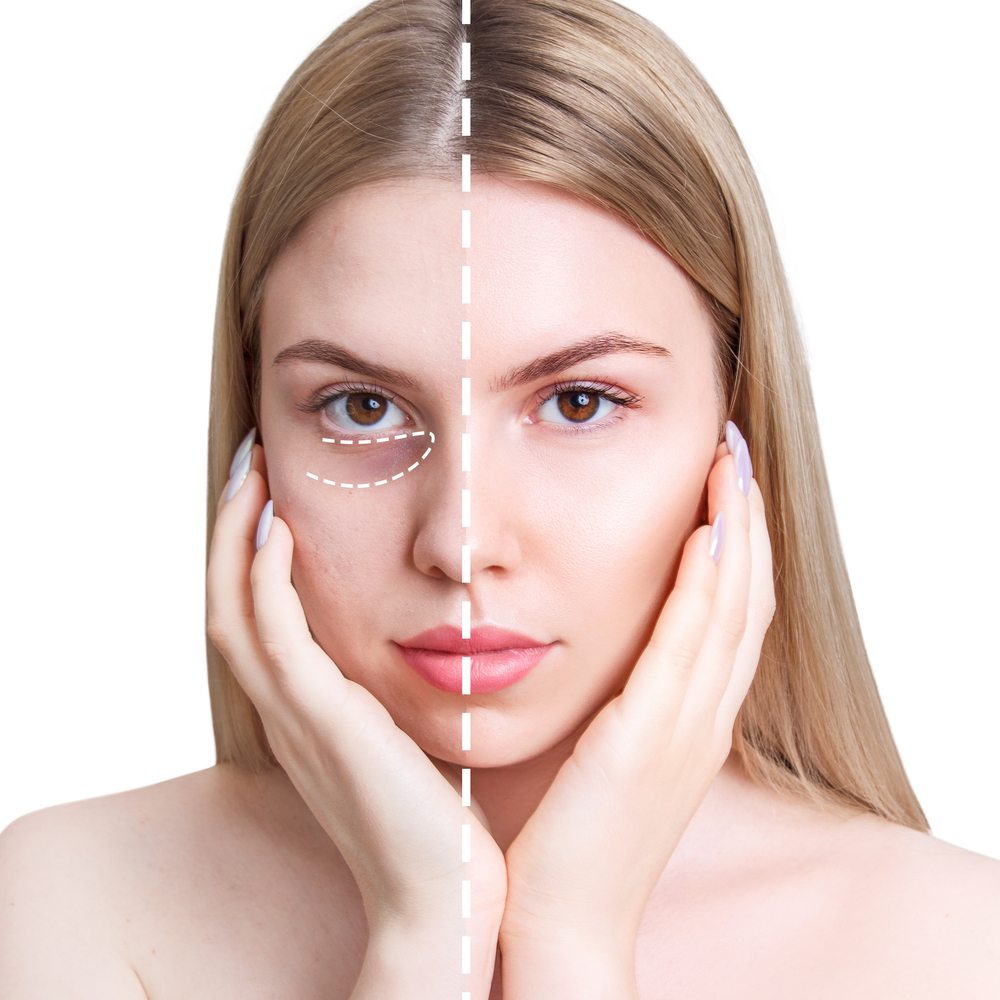
What Are Dark Circles Under the Eyes and Why Do They Occur?
Dark circles under the eyes are dark or hyperpigmented areas on the skin around the eyes. They can occur due to many factors. The main causes of these are:
Genetic Factors: Dark circles under the eyes, which are passed down in families, are related to the genetic structure of the person. They can occur due to inherited thinner skin, more visible veins or increased melanin production.
Subcutaneous Blood Vessels: The subcutaneous blood vessels in the under-eye area may be more visible in some people. This can cause a dark appearance on the skin.
Aging: With the aging process, thinning of the subcutaneous tissues, loss of elasticity and decrease in fat tissue occur. This can cause dark circles under the eyes to become more visible.
Fatigue and Lack of Sleep: Sleep disorders, stress and fatigue can contribute to the appearance of dark circles under the eyes. Getting enough sleep and managing stress can reduce this situation.
Allergies: Some allergic reactions can cause dark circles under the eyes. Itching, irritation and swelling can occur especially on the skin around the eyes.
The factors that cause dark circles under the eyes can vary from person to person and can sometimes be due to more than one cause. Treatment options vary depending on the cause of the dark circles.
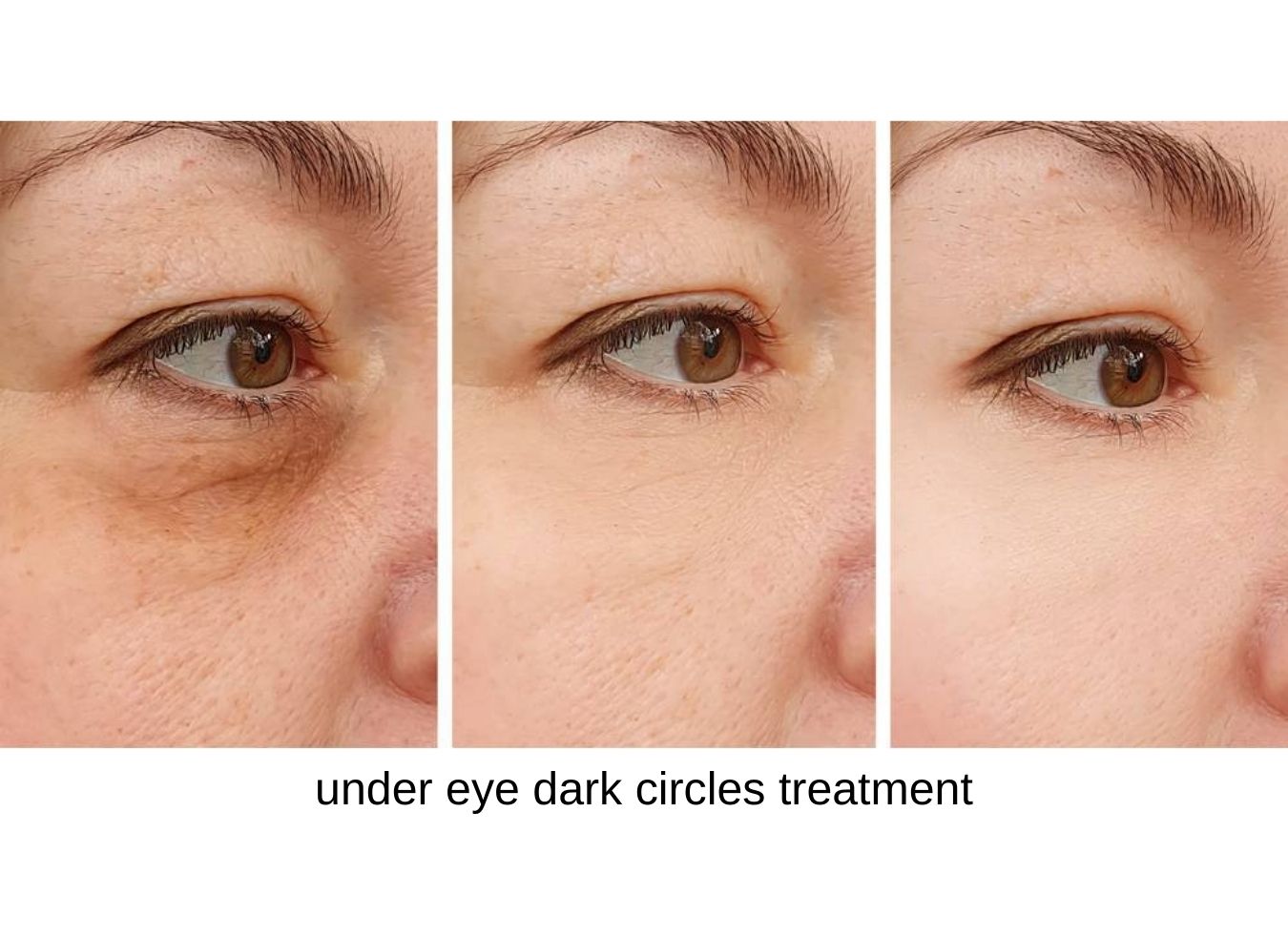
How Do We Know If Dark Circles Under the Eyes Are Temporary or Permanent?
Some symptoms and evaluations can be made to understand whether dark circles under the eyes are temporary or permanent. Here are some points to consider:
Duration of Dark Circles: Temporary dark circles under the eyes are usually related to factors such as sleep patterns, stress or fatigue. Such dark circles usually decrease or disappear completely with rest, sleep and stress management. Permanent dark circles, on the other hand, continue for a long time.
Color Change: Temporary dark circles can usually be reddish or purplish in color. However, permanent dark circles are usually brown or gray in color. Color change can provide clues about the duration and permanence of the dark circle.
Genetic Tendency: Dark circles under the eyes that are passed down in families usually tend to be permanent. If your family members have had dark circles under your eyes, you may be more likely to have them permanently.
How Are Hereditary Dark Circles Under Your Eyes Treated?
There are various methods and treatment options for treating dark circles under your eyes that are hereditary. Here are some treatment methods used in cases where dark circles are hereditary:
Dermal Filling Applications: Hyaluronic acid-based dermal fillers are injected into the under-eye area to add volume under the skin. This reduces the shadowing caused by dark circles under the eyes and provides a brighter appearance.
PRP Treatment: Platelet Rich Plasma (PRP) treatment is performed by injecting enriched plasma obtained from the person's own blood into the under-eye area. This method promotes skin regeneration, improves skin tone and reduces the appearance of dark circles under the eyes.
Laser Treatments: Laser treatments can be effective in treating dark circles under the eyes. Low-energy fractional lasers in particular can reduce the pigmentation under the skin and lighten the appearance of dark circles.
Chemical Peeling: Chemical peeling treatment can be applied to reduce hyperpigmentation (excessive pigmentation) caused by under eye circles. This process peels off the upper layer of the skin, providing a younger and brighter skin appearance.
Skin Care: It is important to regularly perform appropriate skin care to reduce the appearance of under eye circles. Products such as moisturizing creams, under eye serums and cold compresses can be used.
Since each individual's under eye circles may be different, it is important to consult a dermatologist or aesthetic doctor for the most appropriate treatment method and treatment process. The specialist will evaluate the situation and recommend the most appropriate treatment plan for you.
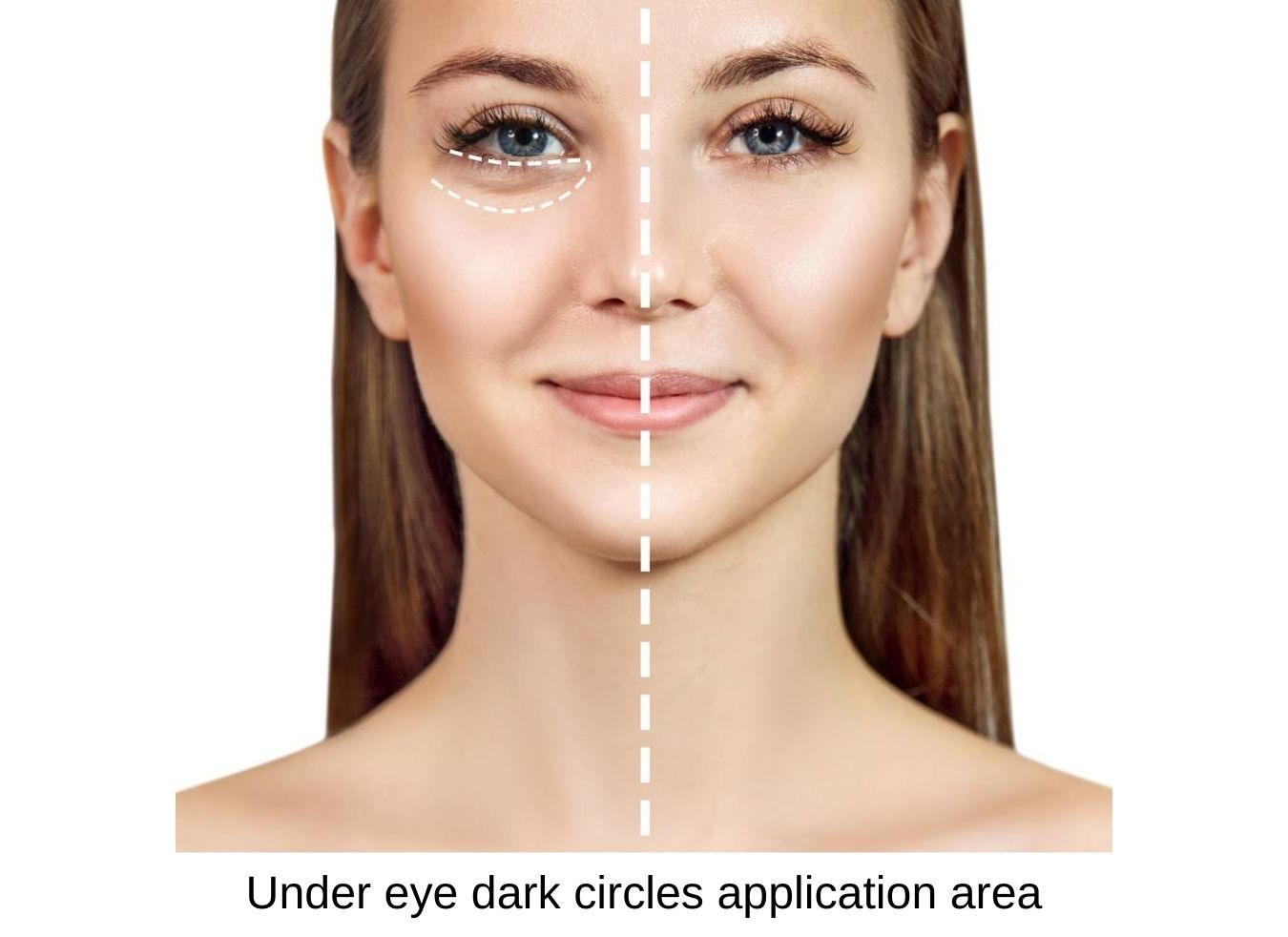
How Many Sessions Are Required in the Treatment Process of Under Eye Circles?
The number of sessions in the treatment process of under eye circles may vary depending on individual factors, the severity of the bruises and the selected treatment method. The treatment process is usually determined according to the person's needs and response. While a few sessions may be sufficient for some patients, more sessions may be required for others. For example, dermal filler applications can usually start with one session, but additional sessions may be required to achieve the desired result. PRP treatment is usually recommended for 3-4 sessions, and the results become more noticeable as the treatment process progresses. In methods such as laser treatments and chemical peeling, the treatment process and the number of sessions may vary depending on the skin condition and the severity of the bruises. It is important to consult a dermatologist or aesthetic doctor to make a clearer assessment of the treatment process and the number of sessions. The specialist will evaluate your under-eye bruises and determine the most appropriate treatment plan for you.
will determine. Regular checks will be made throughout the treatment process and progress will be monitored.
Which is the Most Effective Treatment Method for Under-Eye Dark Circles?
The most effective treatment method for under-eye dark circles may vary depending on the cause of the dark circles. Causes of dark circles may include genetic factors, skin thinness, vascular structure, fatigue, stress, sleep disorders, nutritional deficiencies and allergic reactions.
Dermal filler applications can help reduce the shadows caused by dark circles by adding volume to the under-eye area. Hyaluronic acid-based fillers in particular are a frequently preferred treatment option.
PRP (Platelet Rich Plasma) treatment is a method that involves injecting rich plasma obtained from the person's own blood into the under-eye area. Plasma can reduce the appearance of dark circles by encouraging skin regeneration.
Laser treatments can improve the appearance of under-eye dark circles by regulating skin pigmentation. Laser methods such as Q-switched Nd:YAG laser and IPL (Intense Pulsed Light) are especially preferred.
Chemical peeling is a method used to cleanse the dead cells on the skin surface and balance the skin tone. It can lighten the appearance of dark circles under the eyes.
The most effective treatment method depends on individual needs and understanding the cause of the dark circles. Therefore, it is important to see a dermatologist or aesthetic doctor to evaluate your condition and determine the most appropriate treatment method for you. The specialist will recommend the most effective treatment option for you depending on the cause of the dark circles.
İlgili Yazılar
See AllNeed to Contact Us?
We would want to hear more.


